The blend of precision with evolving robotics acts as a catalyst for a vast improvement in efficiency and productivity of automated systems. The Precision Gear Motor, a remarkable feat in engineering combining high torque, compact design, and precise control, is one component that will drive the advancement of human-machine systems. As industries turn their production towards automated systems for improved productivity and reduced operational costs, so must they understand the significance of Precision Gear Motors to engineers and decision makers alike.
Chengdu Star Technologies Co., Ltd. was established in 2009 with the mission of availing first-class electromechanical products, including Precision Gear Motors, to satisfy the growing needs of the robotics industry. As an agent for famed brands like SIEMENS, FLENDER, BONFIGLIOLI, SEW, and NORD, we empower clients to cutting-edge solutions for their specific automation challenges. With innovative technology and reliable components, we have redefined the scope of automation. Businesses are able to achieve unprecedented leaps with robotics applications.

The Role of Precision Gear Motors in Modern Robotics
Precision gear motors, a boon to the rapidly changing world of robotics, are the most valuable contributors to the performance and reliability of automated systems. These motors equip robotic applications with the torque and accuracy they need to become an inevitable part of modern design. Unlike conventional motors, precision gear motors are engineered to give a higher output torque yet maintain accurate positional control; as such, robotics become able to do complex tasks with remarkable efficiency. Another advantage associated with precision gear motors is that they can operate at constant speeds or currents irrespective of loading. This is a wonderful advantage for any kind of robotics applications that involve fine motor activities such as assembly lines in manufacturing and difficult and complex movements in surgical robotics. Gear reduction in these motors allows robots to generate high torque at low speeds and, thus carries heavy loads without any compromise on efficiency and safety features. Integration of precision gear motors into robots also leads to enhanced energy efficiency. With performance optimization and little need for big consumers, they are able to survive longer while reducing their costs related to energy. As such, as industries plunge into more and more automated processes, the demand for reliable and efficient solutions will continue to rise, driving the demand for precision gear motors-the lifeline of future robotics innovations. Such impacts in the field make performance much more efficient but also drive the next wave in automation that fills the gap between human ingenuity and machine precision.

Key Advantages of Using Precision Gear Motors in Automation
Precision gear motors represent useful automation components to ensure efficiency and functionality of robotics applications. These specialized motors exert a high level of movement accuracy, an essential attribute needed for tasks requiring careful control. The other significant advantage is that precision gear motors maintain constant torque, enabling robotic systems to reliably execute delicate jobs. This assures that not only are the movements accurate, but that they can also be repeated with certainty-for applications from assembly lines to complicated surgical robots.
Also, precision gear motors are very efficient, generally having better power-to-weight ratio than normal motors. This efficiency means that they consume less energy, and this reduces the operational cost of using them, making these motors an environmentally benign choice for meeting problems in automation. Energy efficiency is a hot topic in robotics, and integrating these motors for many companies means not just process optimization but working towards sustainability.
Compact size design is another major advantage, so they can be well adapted for tight-fitted environments. This adaptability, therefore, creates avenues for engineers in designing robust yet adaptive robotic systems that can maneuver into the narrower spaces while maintaining their performance standards. In conclusion, therefore, as long as automation keeps on moving forward, precision gear motors will have a crucial role in pushing the performance of robotics and widening their scope of applications across different industries.

Types of Precision Gear Motors and Their Applications in Robotics
Precision gear motors have now emerged as an important component in automated systems-it has improved efficiency and does the runnings much better. Thus high torque output when very precise control motion makes them suitable for robotics applications. What types of precision gear motors do exist tends to be a factor that helps guide engineers and designers regarding their solution ideal for specific needs.
One of various forms of precision gear motors is planetary gear motor with high-density power combined with compactness; because space in the actual earth is much smaller than the number of gears for transferring the load to allow for torque without being overextended in size, these motors should achieve high torque within a small footprint. Generally speaking, the planetary gear motors find application in robotic arms and robotic assembly lines due to the high demands on space efficiency and torque transfer. Another type is spur gear motor; it is very simple and generally inexpensive.
Harmonic drives also guarantee little backlash with a high reduction ratio along with a compact design. These characteristics make them fantastic for applications demanding high precision, such as robotic surgical tools and sophisticated types of robotic manipulators. Learning about these precise types of gear motors and their unique application fields can lead to innovation and development in robotics, allowing it to go far in its advancements through automation.

How Precision Gear Motors Enhance Robotic Performance and Efficiency
Precision gear motors are crucial to the working of robots as they enhance performance and efficiency with respect to movement and command. Such motors typically combine high torque output with compact design such that they enable accurate performance of very complex tasks by robots. Precision gear motors use very little backlash, with optimized gear ratios, to obtain a stable robot position and a smooth operation even when under very heavy conditions. This ensures that the robot can perform smooth operations even in highly awkward and stressful environments. The technology has particular applications in areas such as industrial automation and surgical robotics because even the slightest misalignment could cause major failures in operations.
In terms of mechanical advantage, precision gears also contribute to the energy efficiency of robotic systems. Thus, robots can be equipped to do high torques at low turning speeds, implying that it consumes less energy in doing tasks, particularly for battery-powered devices. The abovementioned motors guarantee improved energy management in robots and lead to increased operating time and fewer recharges required. This makes them decisive in mobile and autonomous robotic platforms. Industrial processes can greatly improve with the incorporation of precision gear motors in robots as they push the boundaries of current automation for robotic systems.
Integration Challenges: Implementing Precision Gear Motors in Robotics
The use of extreme precision gear motors in robotic applications brings to engineers working on their applications unique difficulties to optimize performance and reliability. One major challenge is precise alignment of these motors as required for efficient internal operation within the robotic system. Misalignment leads to excessive wear and degradation of parts, poor efficiency, and, eventually, complete failure of the robotic system. Engineers must now adopt advanced techniques, such as laser alignment tools, to ensure that each gear motor is positioned inside its respective assembly in a very good manner.
Another major challenge is the communication in real time with the central control system of the gear motors. This is an important requirement as generally motor functions are to be adjusted in real-time based on the feedback received from the sensor. This makes the selection of communication protocols to support the drivers of motors in co-ordination with the control system a serious concern. On top of that, the differences in power consumed need to be considered during integration. Careful planning will be necessary so that voltage drop or system overload does not render the system inoperative.
Thermal management of precision gear motors in robotics remains another engineering concern. Heat dissipation must be sufficiently efficient to keep temperatures within performance limits and extend motor life. Material selection and enclosure design must ensure protection from environmental factors and heat transfer across them. Attention to the above is integrating all in all reliability and efficiency levels by which robotic systems that will use precision gear motors can operate.
Future Trends: The Evolution of Precision Gear Motors in Robotics
Precision gear motors are now significant contributors toward the automation of operations as the robotics industry matures. As per the MarketsandMarkets report on the global robotics market, it is projected to grow from USD 27.73 billion in 2022 to USD 74.1 billion by 2027, at a compound annual growth rate (CAGR) of 21.4%. This growing rate is coupled with the employment and accomplishment of high-performing components, such as the application of precision gear motors in movement and control for robotic systems.
Future advancements will mark the key transformation in design and functionality for precision gear motors, owing to the innovations in materials and manufacturing processes. Gear motors that are equipped with IoT technology permit real-time monitoring and adjustments, thus increasing their efficiency and effectiveness in various usages. The Research and Markets study anticipates the global servo motor market that includes precision gear systems to reach $16.5 billion by 2026, specifying a strong demand for precision in motion control systems.
In addition, the sustainability movement is driving the manufacture of precision gear motors. Industry leaders are presently investing in energy-efficient models that consume less energy and waste. This will not be only adopted in compliance with the worldwide environmental agenda but also to meet an increasing consumer demand for resource-saving technological solutions in robotics. As manufacturing, healthcare, and logistics further absorb robotic automation, so too will precision gear motors evolve to achieve smarter, faster, and more sustainable operations that challenge the future.
Case Studies: Successful Robotics Solutions Using Gear Motors
Integration of precision gear motors has opened new horizons in robotic applications and has been and is transforming yet more sectors in revolutionary ways. The global robotics market is expected to hit $214 billion by 2030, according to a recently published report by Research and Markets, thus fortifying its position as a rising star in the automation of industries. For instance, production manufacturing companies harness a wide variety of gear motors to increase operational efficiency mechanization while saving production costs through functional alternatives.
Such transformations can be seen in different case scenarios. A case in point: it is reported that a major automaker has increased production speed by almost thirty percent by installing gear motor-driven robotic arms at assembly lines. These motors allow robots to precisely perform interesting tasks with a negligible error margin without compromising quality during output. Similar words can be used in case of medical devices: they are vital in creating movements in surgical robots, which have improved patient outcomes due to their increased precision.
They are also starting to adopt AGVs powered by gear motors within their operations. That means 25 percent of delays in operations will be reduced, as safety will also increase. With the hikes in demand for effective material handling, flexible and reliable gears prove their status as invaluable components in these robots. All indications from new developments in gear motor technology tell us that we are barely at the beginning of an era of automation revolution, which is likely to soon hold even higher robotic solutions.
Choosing the Right Precision Gear Motor for Your Robotics Project
With a robotics application, choosing the right precision gear motor is the key step to achieving the desired performance. Precision gear motors offer a high degree of control and efficiency, which makes them great for all sorts of robotic applications ranging from automated arms to mobile robots. In deciding what motor to use, the first consideration is the particular requirement of the application: load, speed, and torque. The working environment—ambiance, outdoors, or temperature changes—also significantly factor into your choice.
Next must come the consideration of the type of gearing mechanism that may suit your application. The different types of gears—planetary, spur, worm, etc.—have unique benefits, like compactness, torque multiplication, or resistance against backdriving. Take, for instance, planetary gearings; they constitute high efficiency and power density and thus would be best suited for applications with needs for maximum torque and minimum size. Check also for motor efficiency and power supply requirements concerning general compatibility with your robot design.
Last but not least, don't forget to consider reliability and accuracy in your final decision. Motors that have quality assurance with good past performance in robotics will spare you more pain in the future and maintenance costs. Upon taking this thing into consideration, you would have to procure the precision gear motor fitting your project requirements while aiding the overall operation and success of your specific robotic application.
FAQS
The global robotics market is expected to grow from USD 27.73 billion in 2022 to USD 74.1 billion by 2027, representing a compound annual growth rate (CAGR) of 21.4%.
The integration of IoT technology into precision gear motors allows for real-time monitoring and adjustments, which enhances their efficiency and effectiveness in various applications.
Future trends include advancements in materials and manufacturing processes, increased sustainability through energy-efficient models, and enhanced functionality to meet automation demands.
A leading automotive manufacturer implemented gear motor-driven robotic arms on assembly lines, resulting in a 30% increase in production speed due to improved precision and control.
Important factors include assessing specific project requirements such as load, speed, and torque; understanding the operational environment; and analyzing gear mechanism types that suit the application.
Different gear types, such as planetary gears for high efficiency and torque density, spur gears for simplicity, and worm gears for backdrive resistance, provide unique benefits based on the application's needs.
Reliability ensures consistent performance and can help avoid future maintenance costs and operational issues, making it essential for the long-term success of robotics applications.
Industry leaders are producing energy-efficient models that consume less power and reduce waste, aligning with global environmental goals and meeting consumer demand for sustainable technology.
The adoption of gear motors in AGVs has resulted in a 25% reduction in operational delays and improved safety, showcasing their adaptability and reliability in logistical applications.
The global servo motor market, which includes precision gear systems, is predicted to reach $16.5 billion by 2026, reflecting a strong demand for precision in motion control systems.

Home
Products
SIEMENS Gearmotor
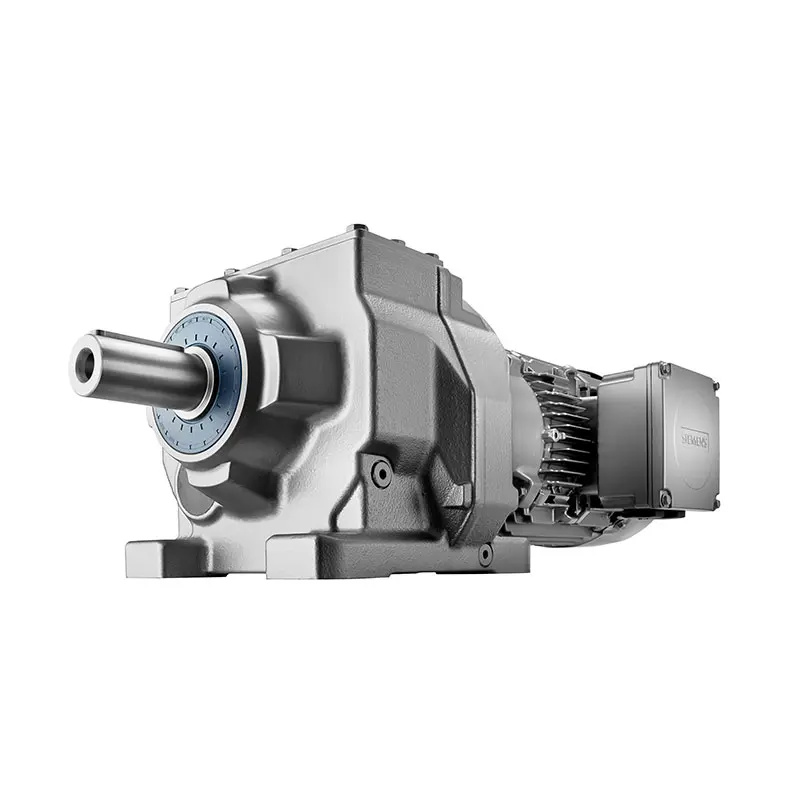 SIEMENS Helical Gearmotor Low Voltage
SIEMENS Helical Gearmotor Low Voltage 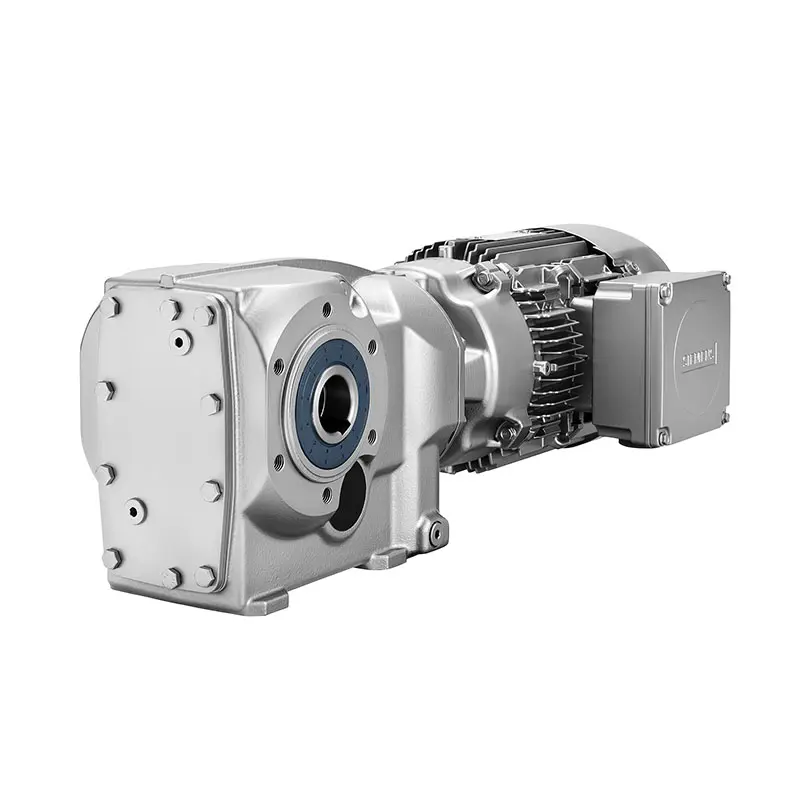 SIEMENS Bevel Helical Gearmotor
SIEMENS Bevel Helical Gearmotor  SIEMENS Parallel Shaft Gearmotor
SIEMENS Parallel Shaft Gearmotor 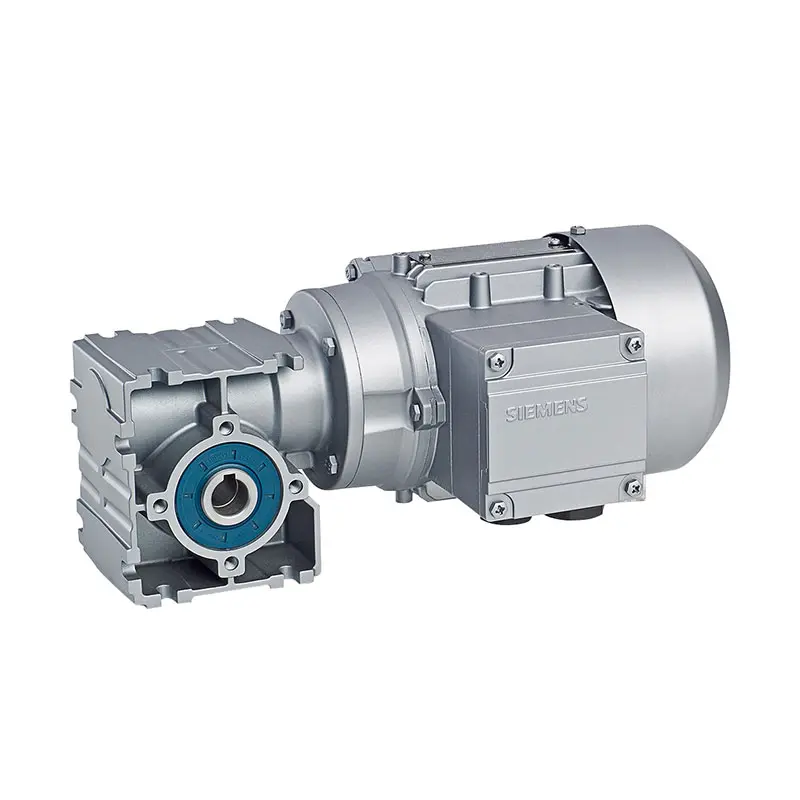 SIEMENS Worm Gearmotor Low Voltage
SIEMENS Worm Gearmotor Low Voltage 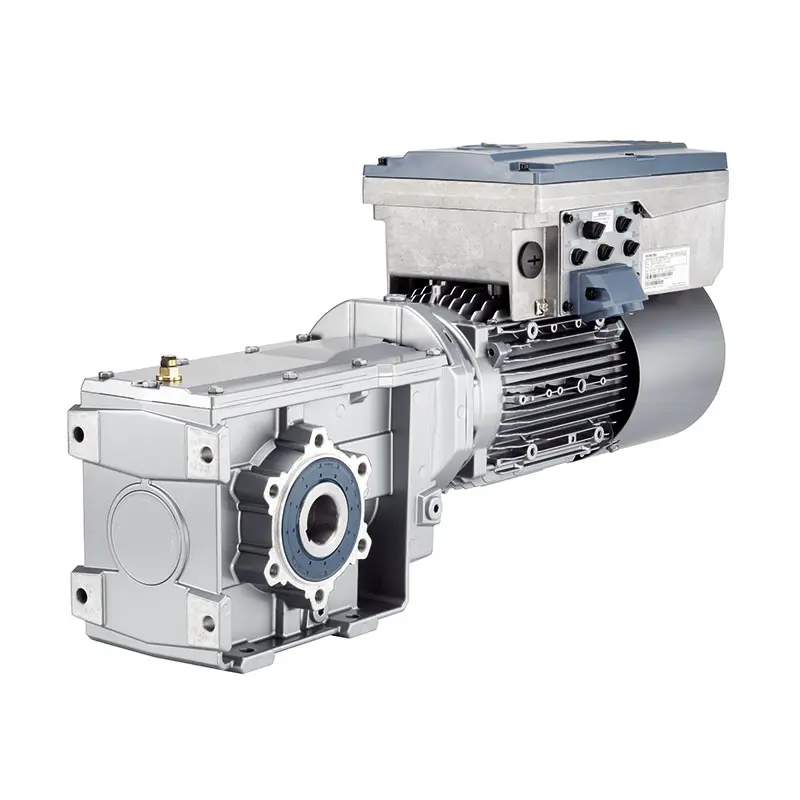 SIEMENS With Servo Motor Gearmotor
SIEMENS With Servo Motor Gearmotor 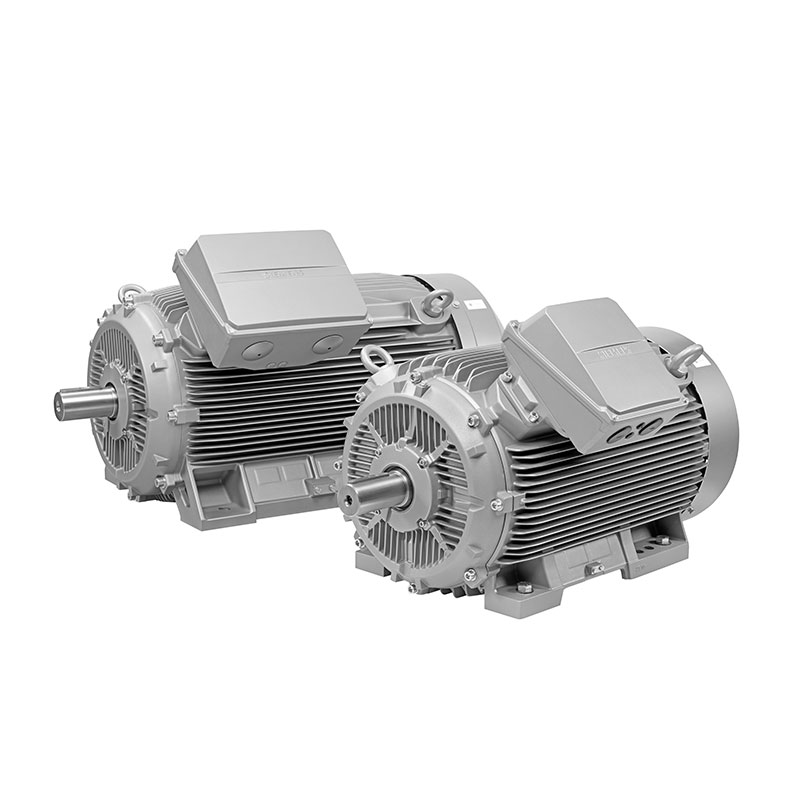 SIEMENS Low Voltage Motor Low Voltage
SIEMENS Low Voltage Motor Low Voltage 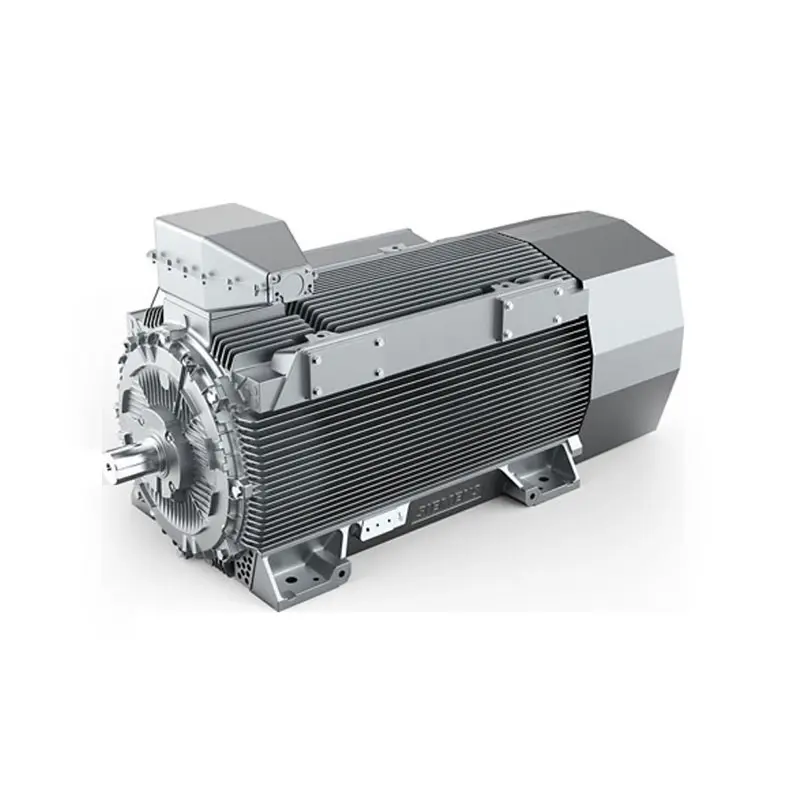 SIEMENS High Voltage Motor Low Voltage
SIEMENS High Voltage Motor Low Voltage 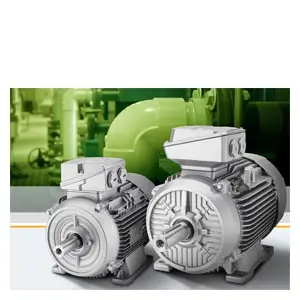 SIEMENS Marine Motor Low Voltage
SIEMENS Marine Motor Low Voltage 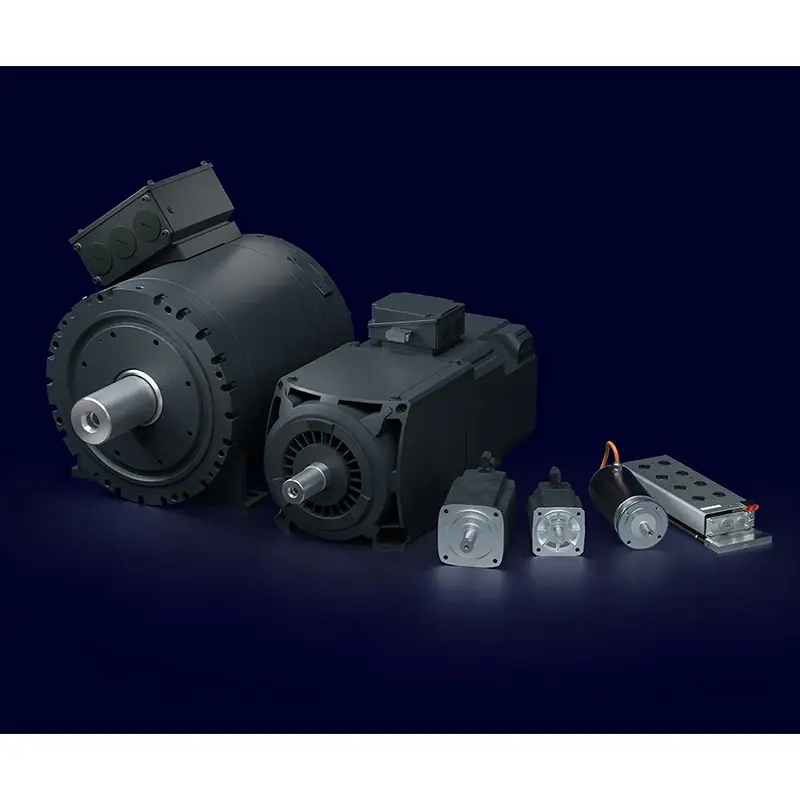 SIEMENS Servo Motor Low Voltage
SIEMENS Servo Motor Low Voltage 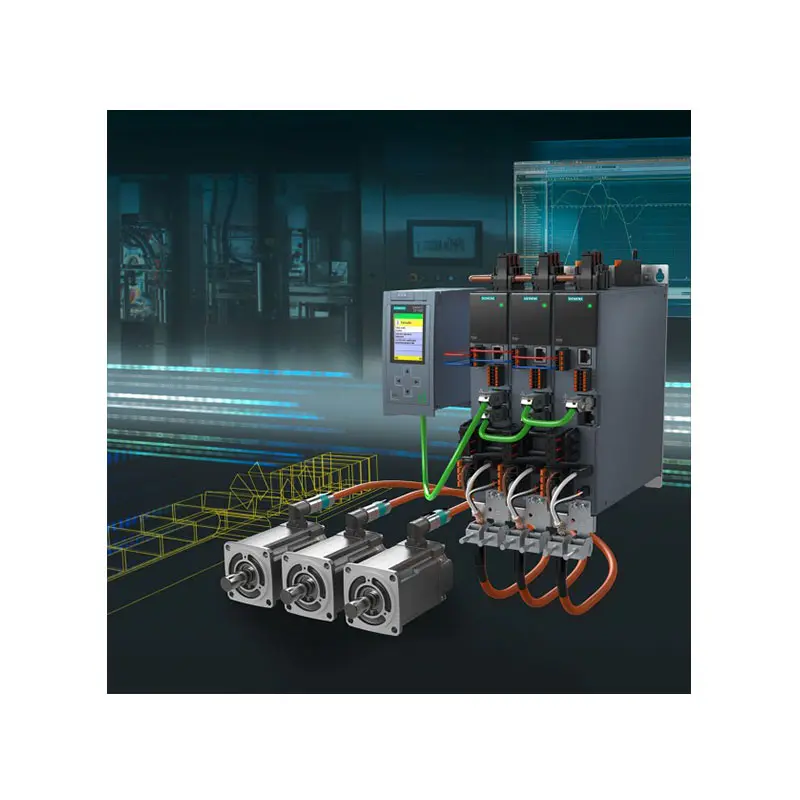 SIEMENS SINAMICS S210 Low Voltage
SIEMENS SINAMICS S210 Low Voltage 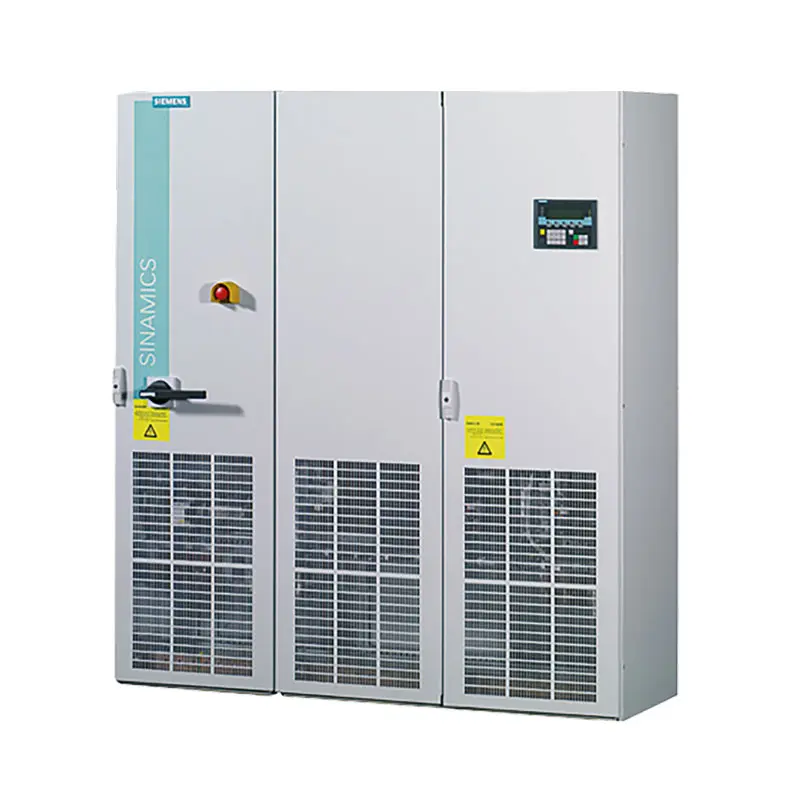 SIEMENS SINAMICS S150 Low Voltage
SIEMENS SINAMICS S150 Low Voltage 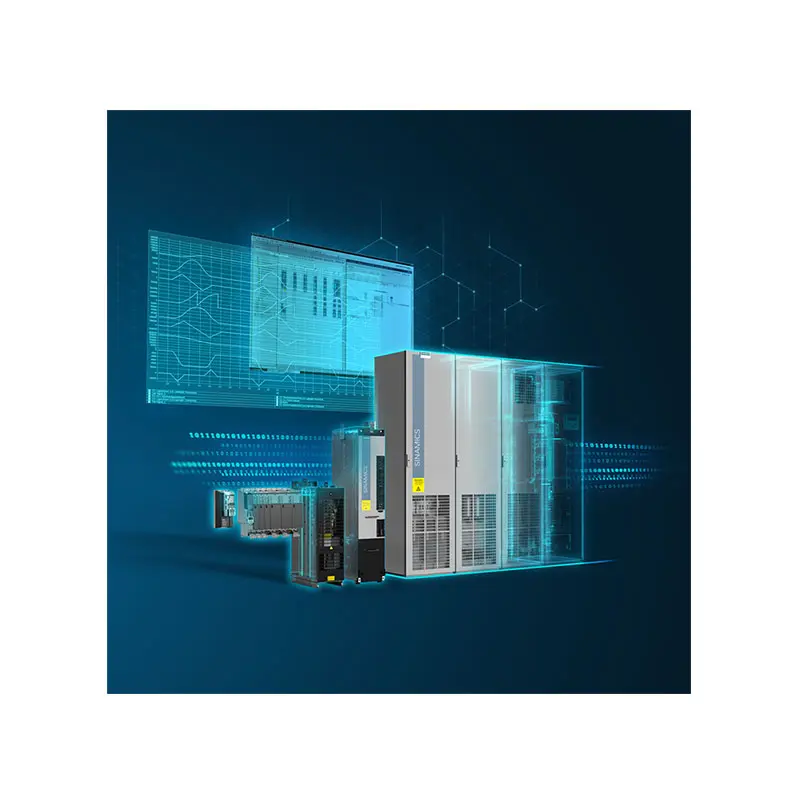 SIEMENS SINAMICS S120 Low Voltage
SIEMENS SINAMICS S120 Low Voltage 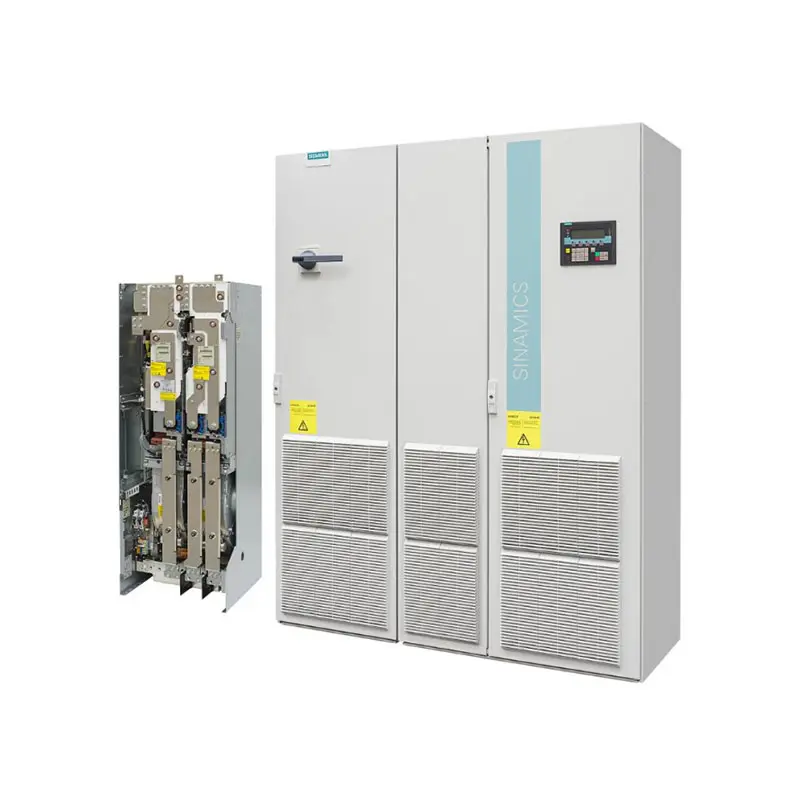 SIEMENS SINAMICS G130/G150
SIEMENS SINAMICS G130/G150 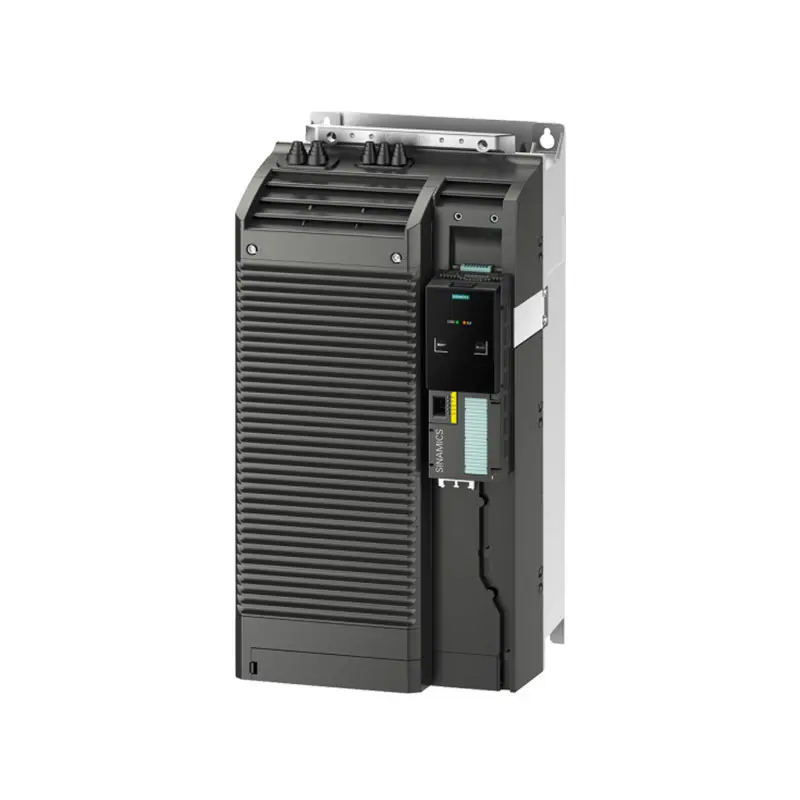 SIEMENS SINAMICS G120 Low Voltage
SIEMENS SINAMICS G120 Low Voltage 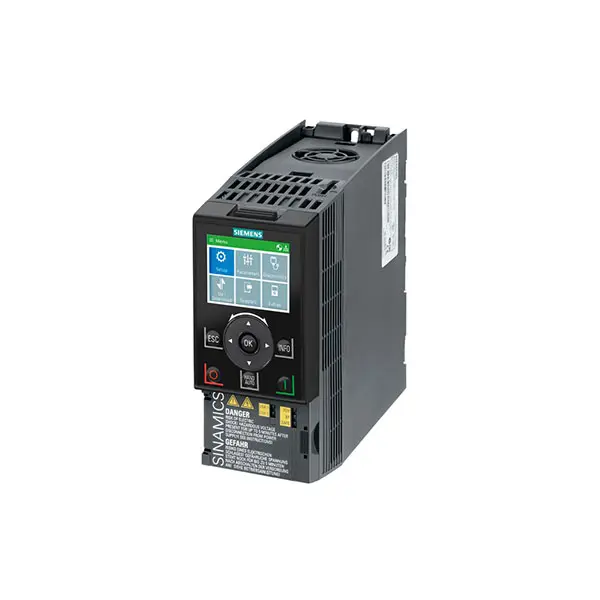 SIEMENS SINAMICS G120C Low Voltage
SIEMENS SINAMICS G120C Low Voltage 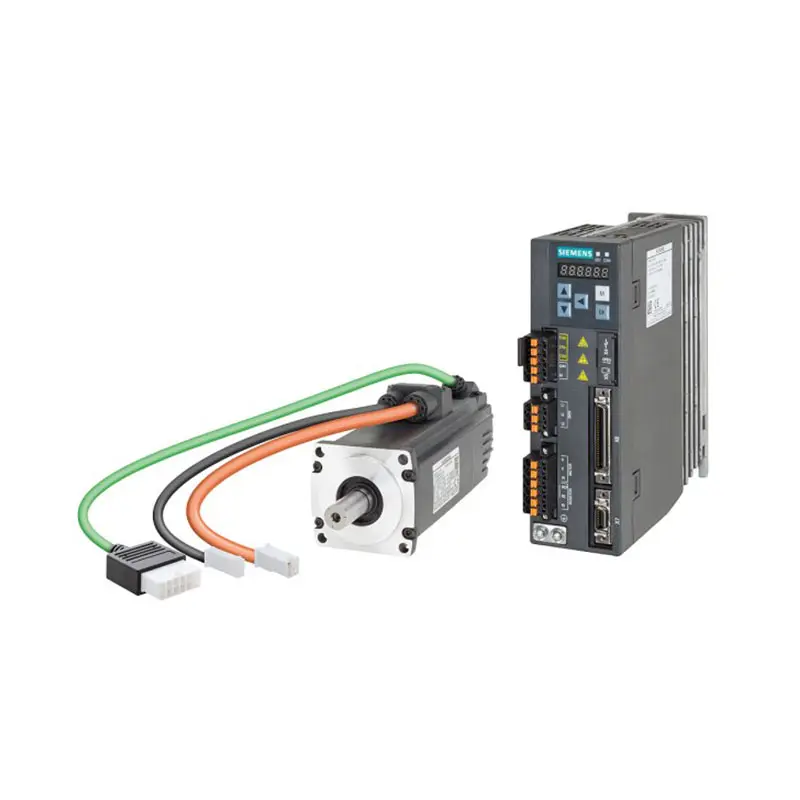 SIEMENS SINAMICS V90
SIEMENS SINAMICS V90 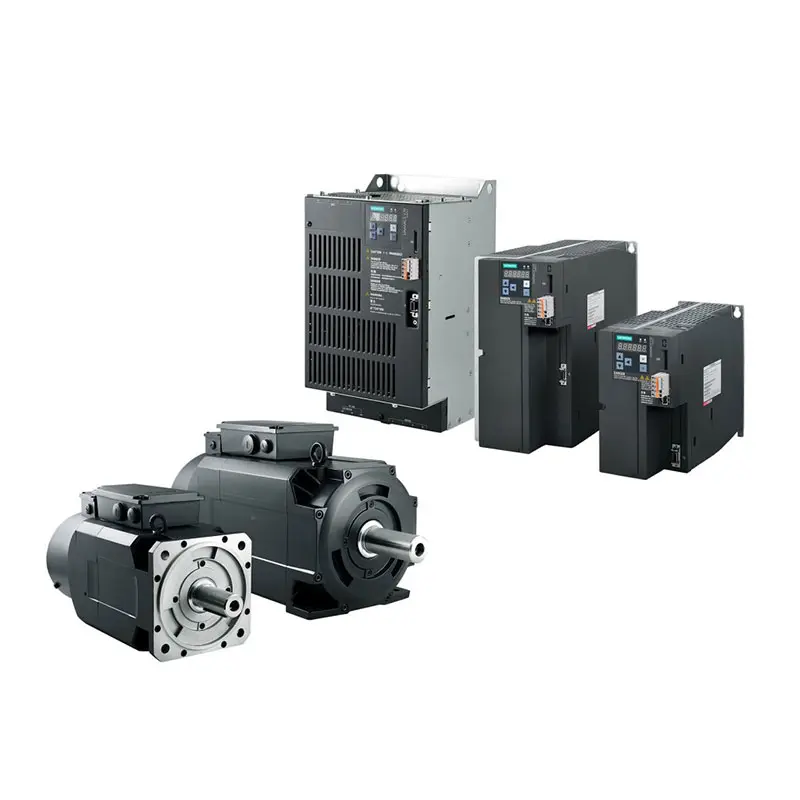 SIEMENS SINAMICS V70 Low Voltage
SIEMENS SINAMICS V70 Low Voltage 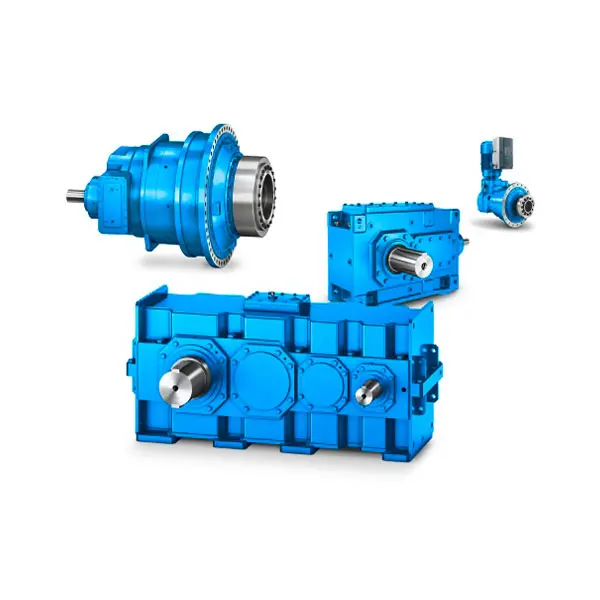 FLENDER Gear Unit
FLENDER Gear Unit 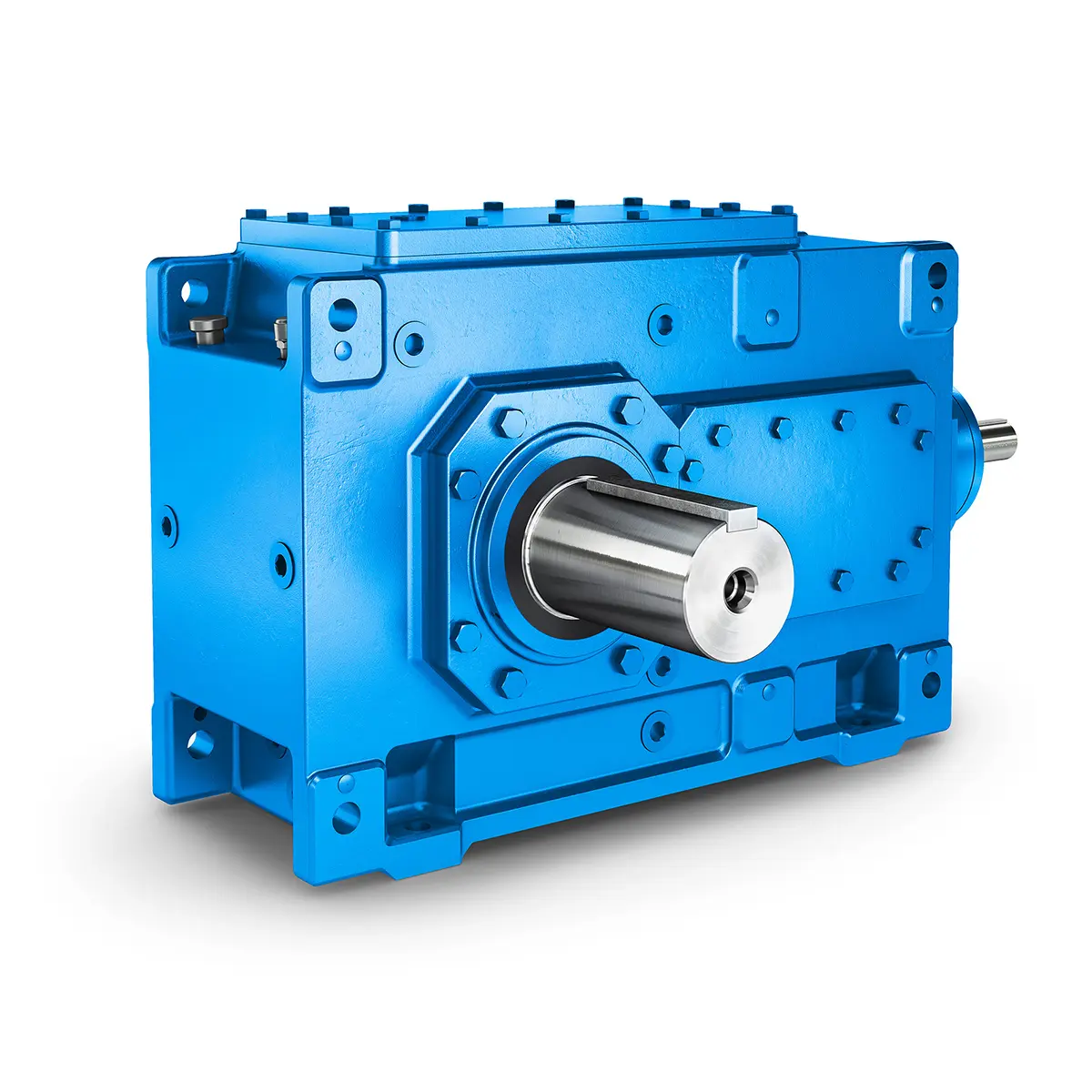 FLENDER Helical Gear Unit
FLENDER Helical Gear Unit 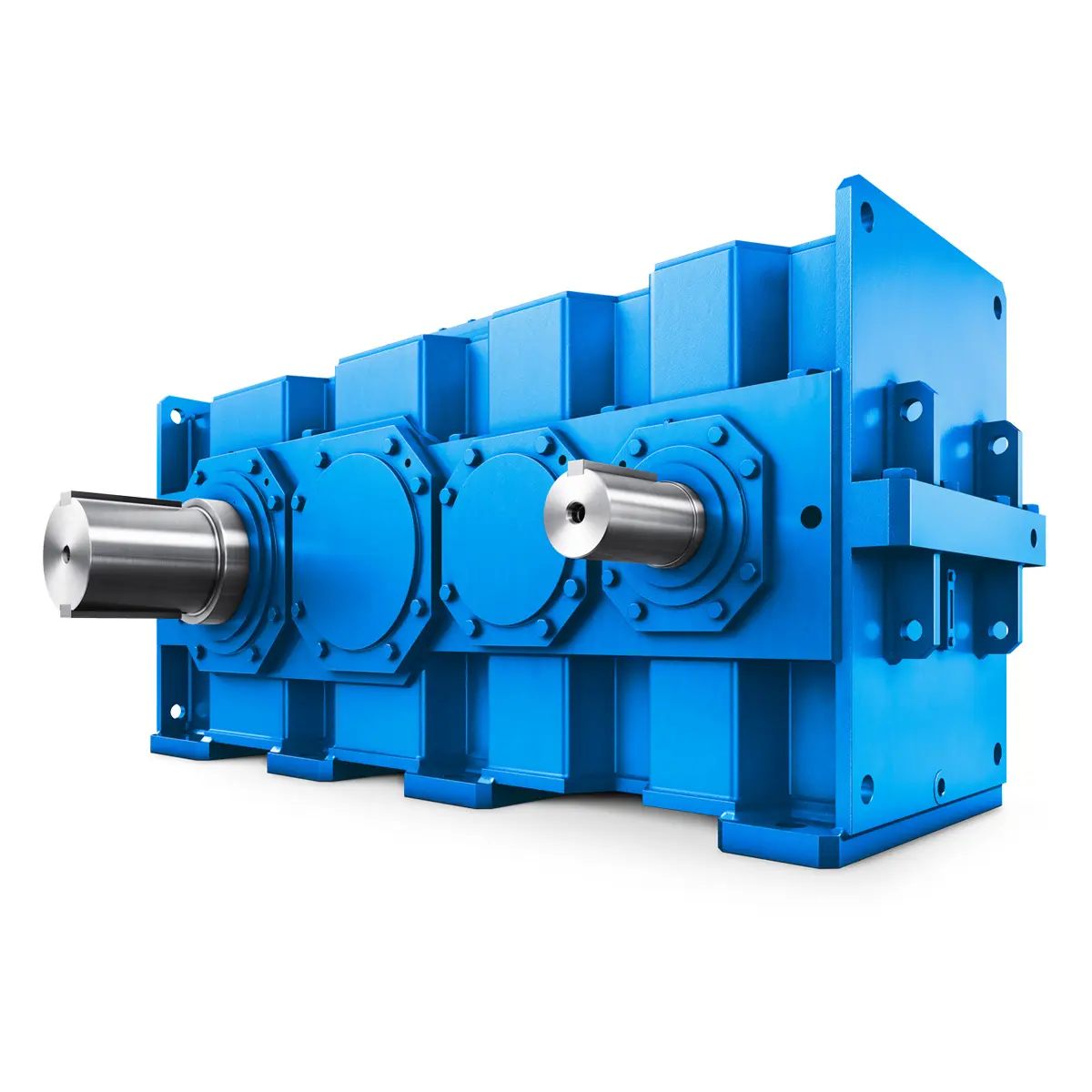 Flender gear units for lifting and luffing gears
Flender gear units for lifting and luffing gears 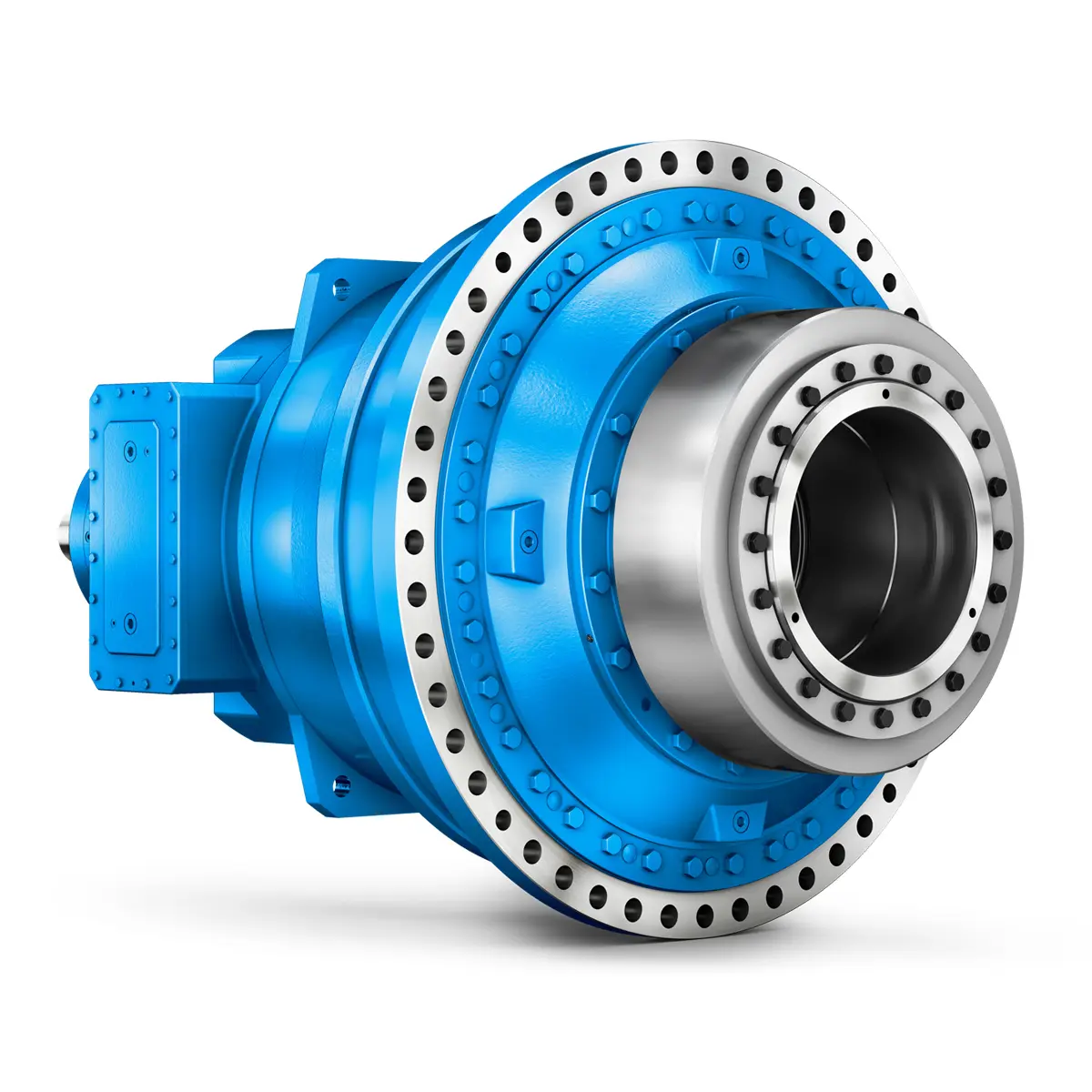 FLENDER Gear Unit gearunit gearbox
FLENDER Gear Unit gearunit gearbox 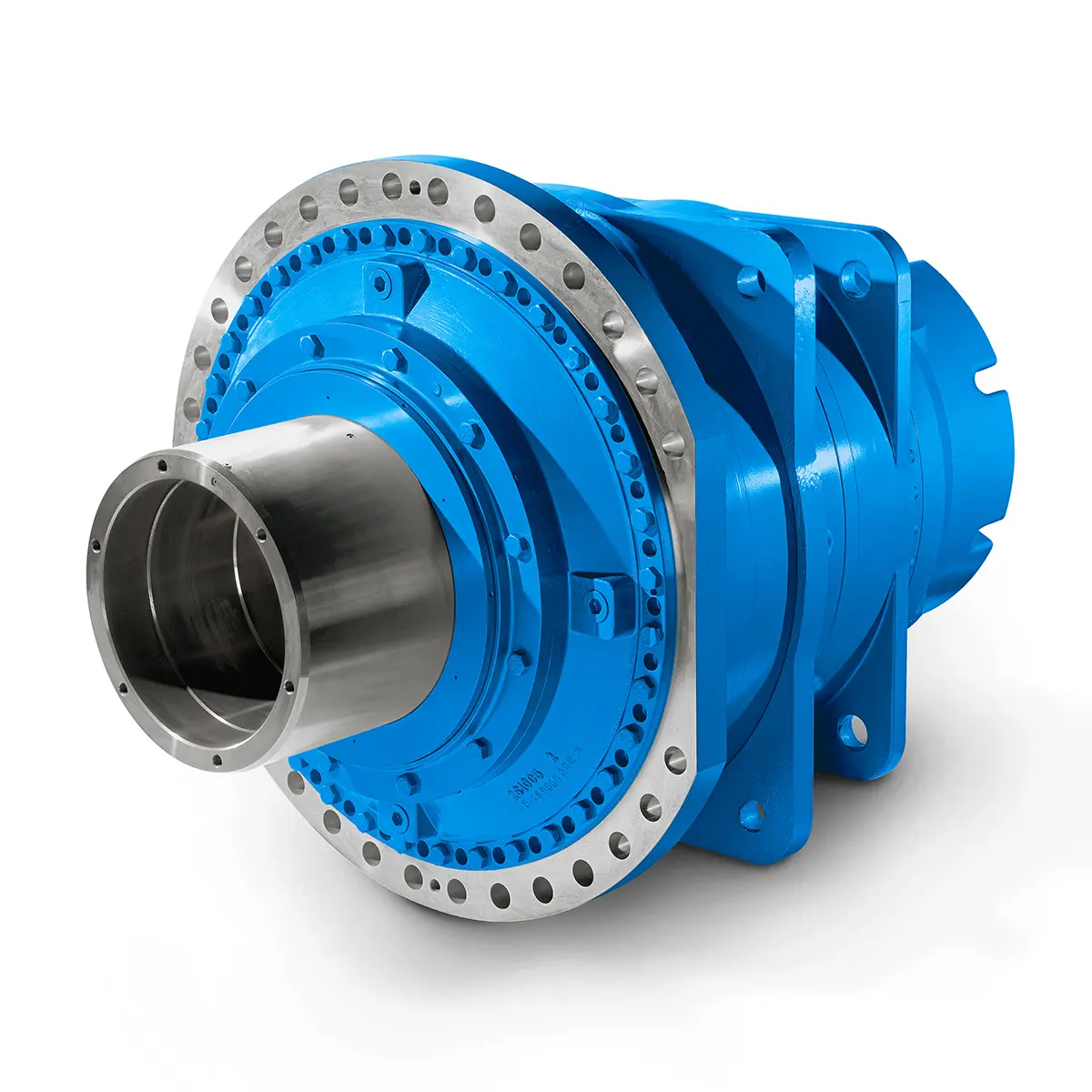 Optimal Drive Solution For Maximum Performance
Optimal Drive Solution For Maximum Performance 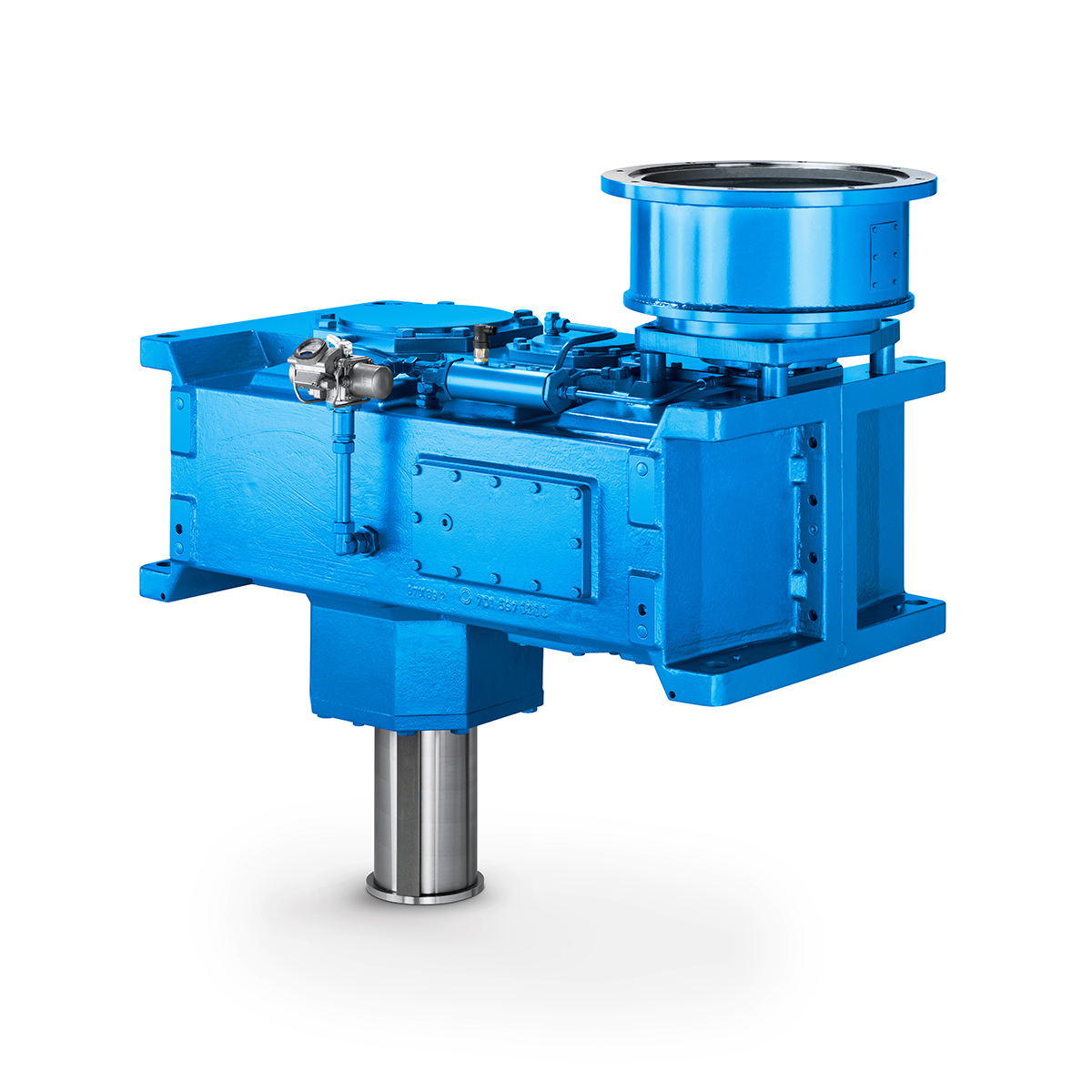 Strongly operating against biodegradable constituents
Strongly operating against biodegradable constituents 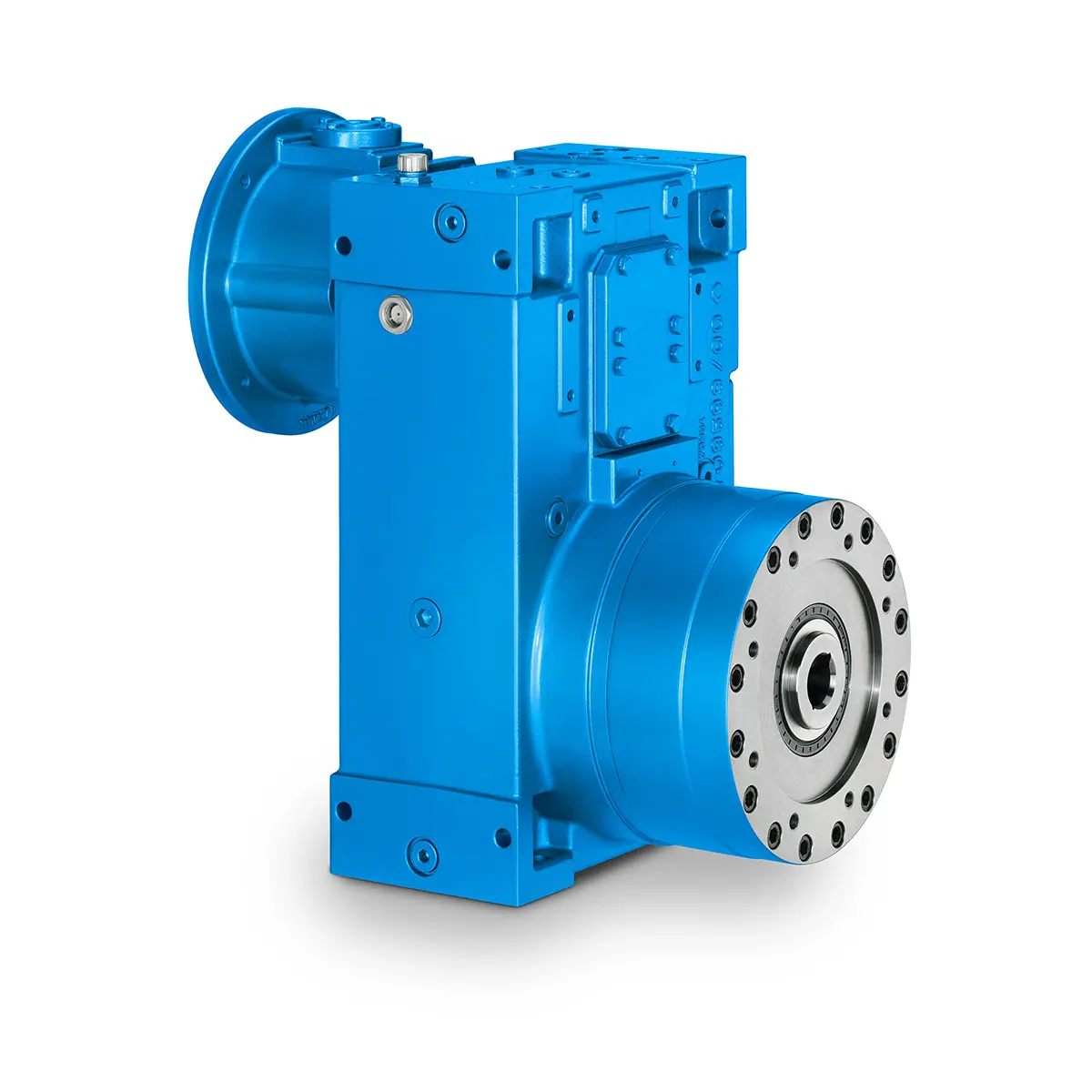 SINGLE SCREW Special industry dedicated gearunit gearbox
SINGLE SCREW Special industry dedicated gearunit gearbox 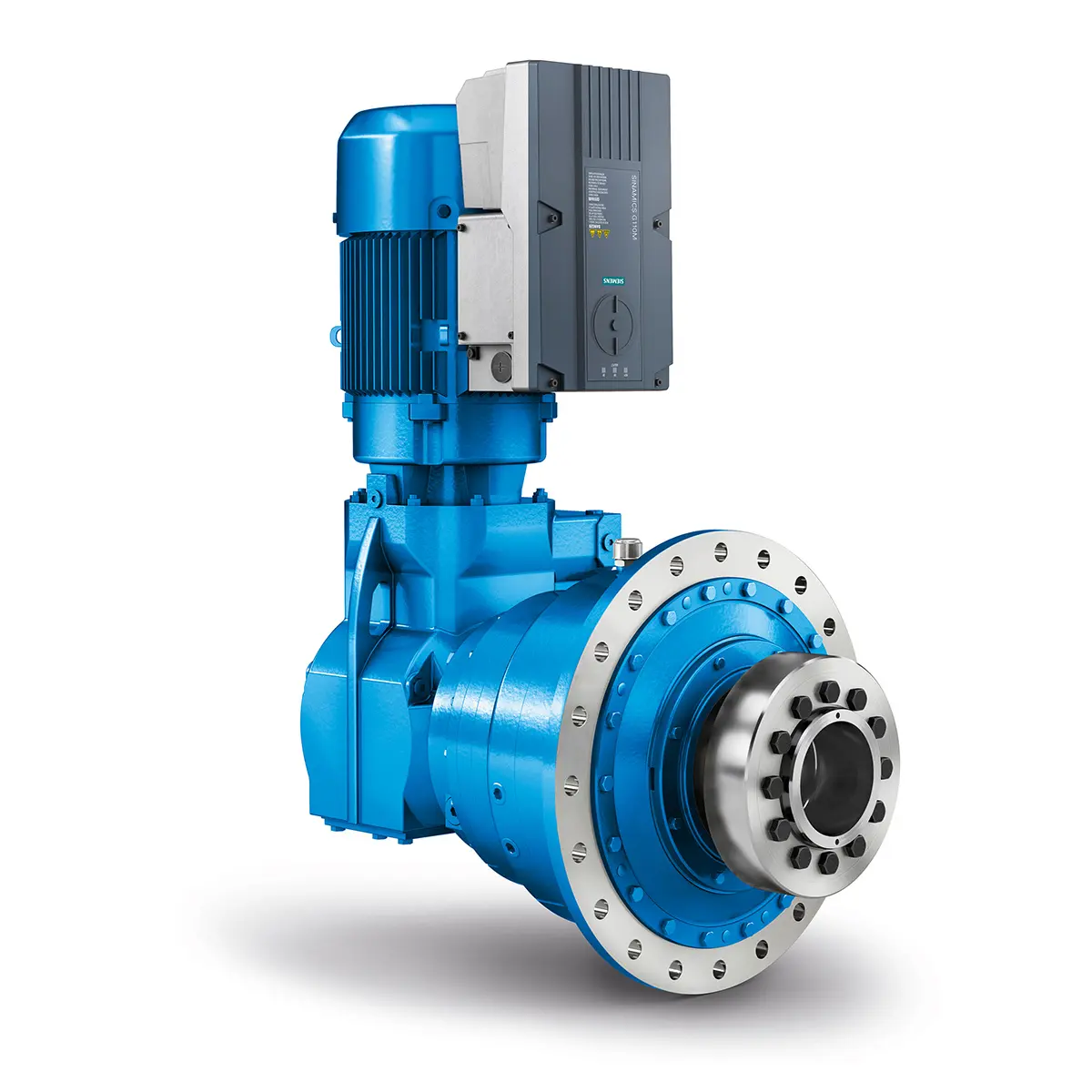 Playmaker In The Premium League
Playmaker In The Premium League 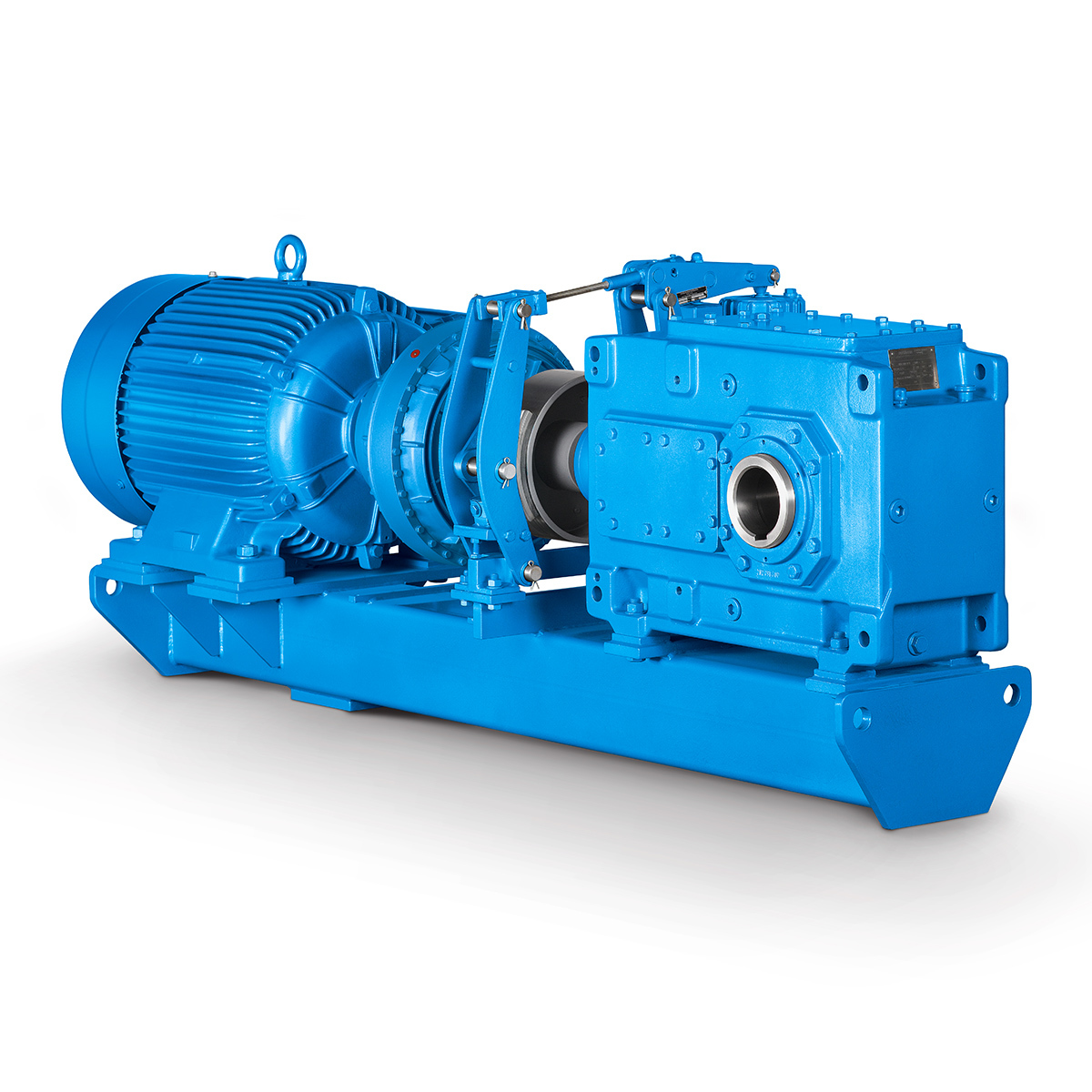 Conveyor belts gearunit gearbox
Conveyor belts gearunit gearbox 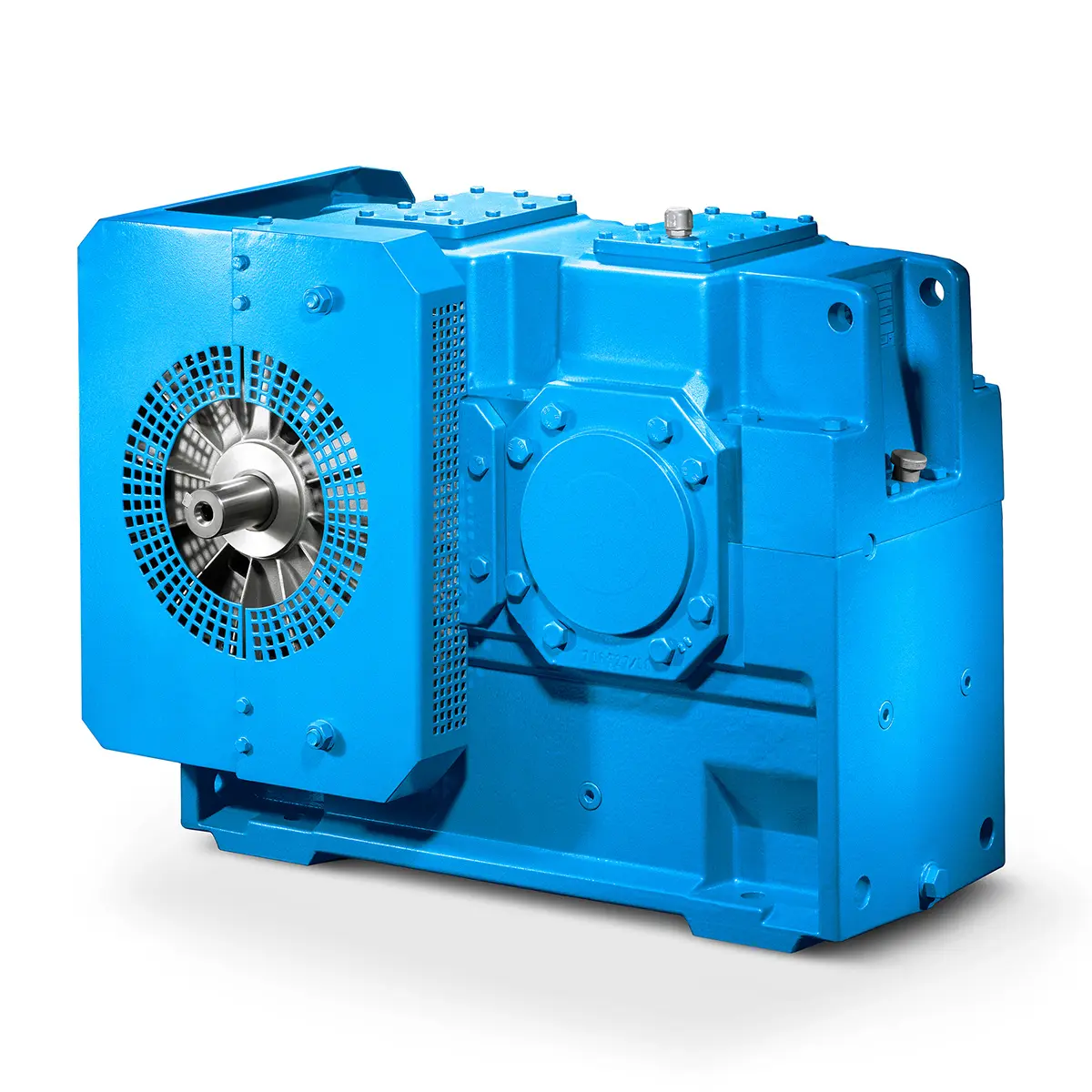 Paper And Pulp Preparation Sections
Paper And Pulp Preparation Sections 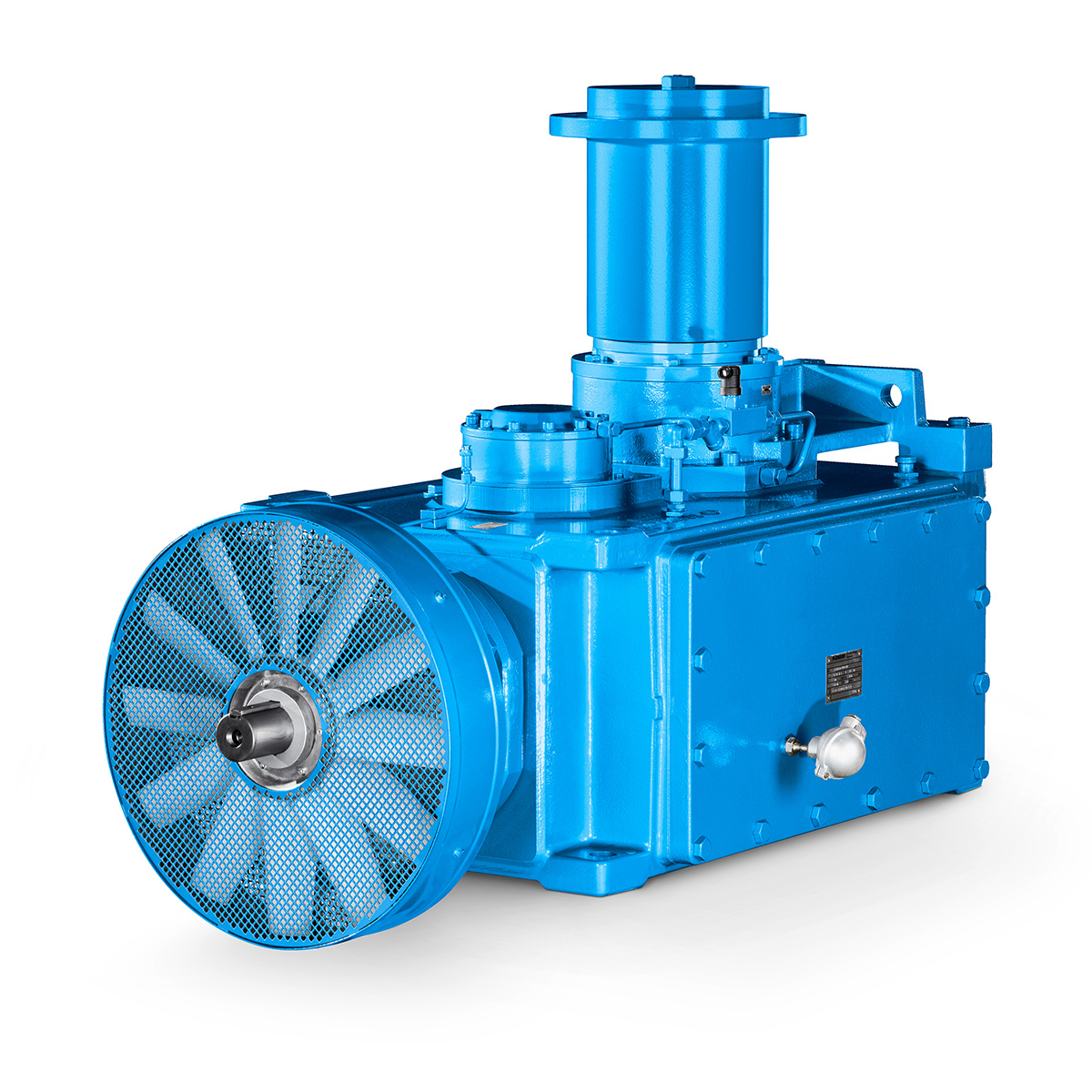 Operational Reliability Even In Case Of The Highest Ventilation Forces
Operational Reliability Even In Case Of The Highest Ventilation Forces 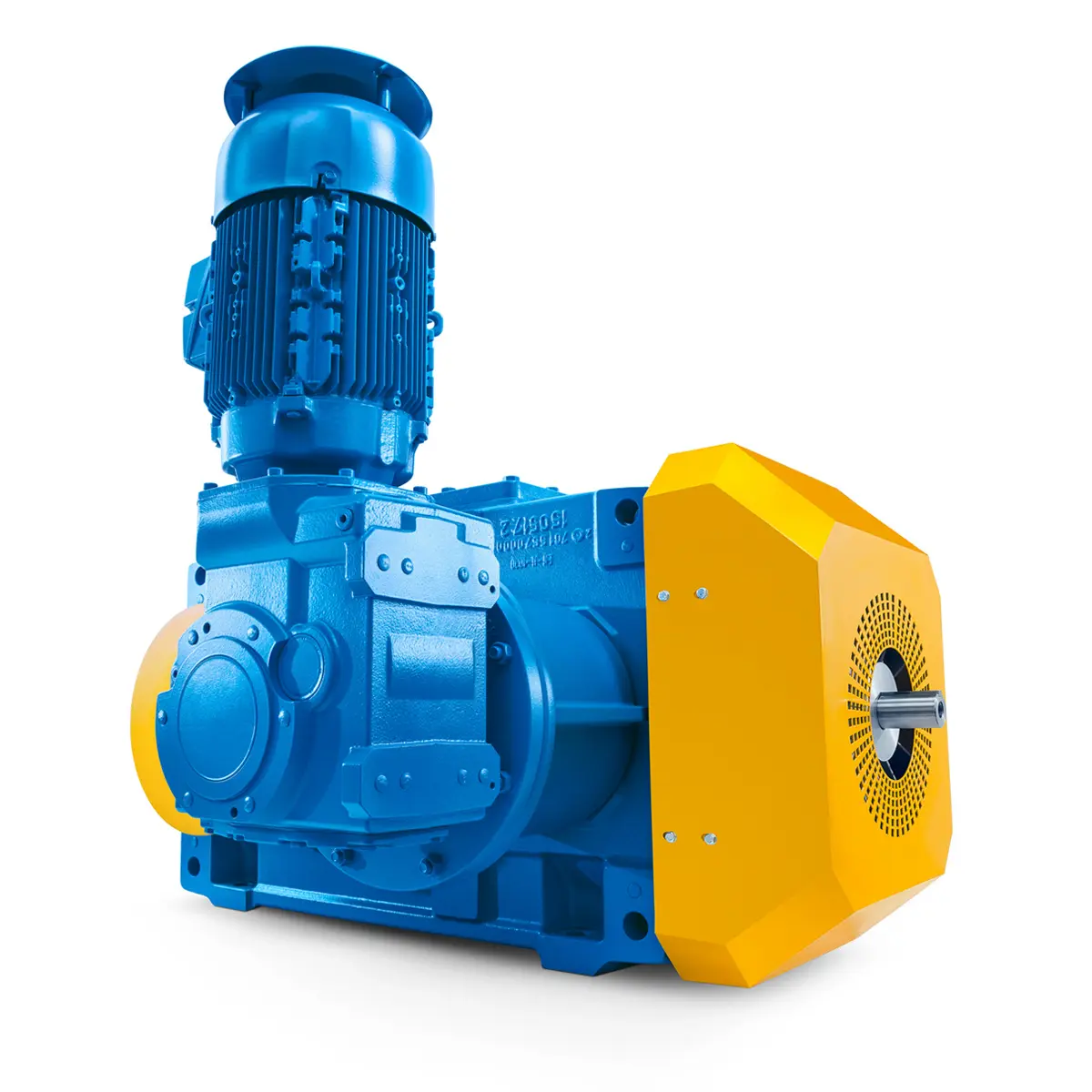 Reliable Gear Units For High Performance Vertical Conveyors 59/200
Reliable Gear Units For High Performance Vertical Conveyors 59/200 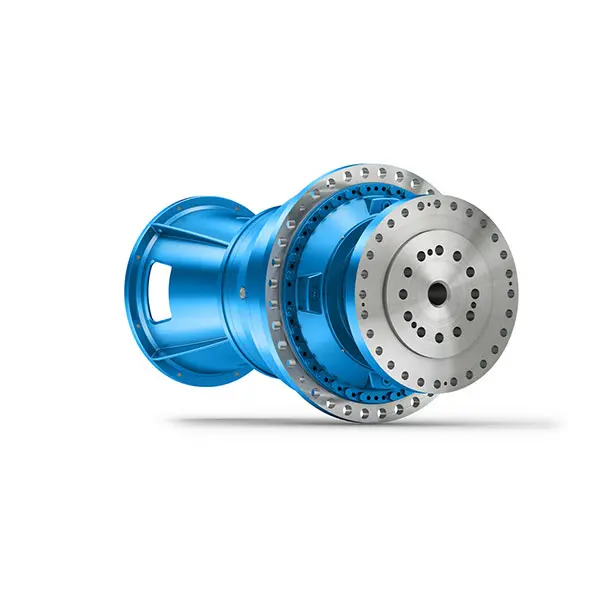 Maximum power density – PLANUREX 3 L individual drives for your sugar cane mill
Maximum power density – PLANUREX 3 L individual drives for your sugar cane mill 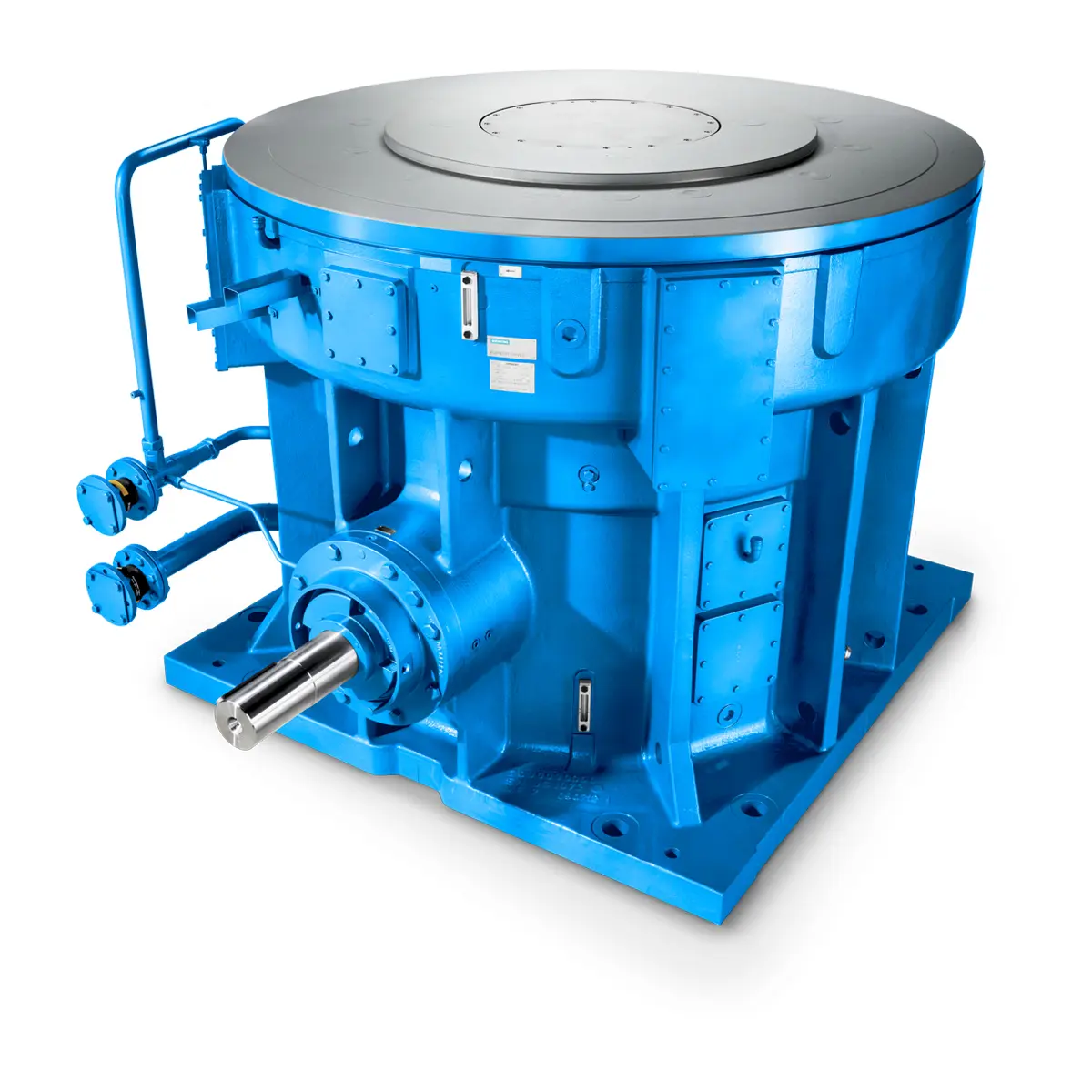 The proven all rounder gearunit gearbox
The proven all rounder gearunit gearbox 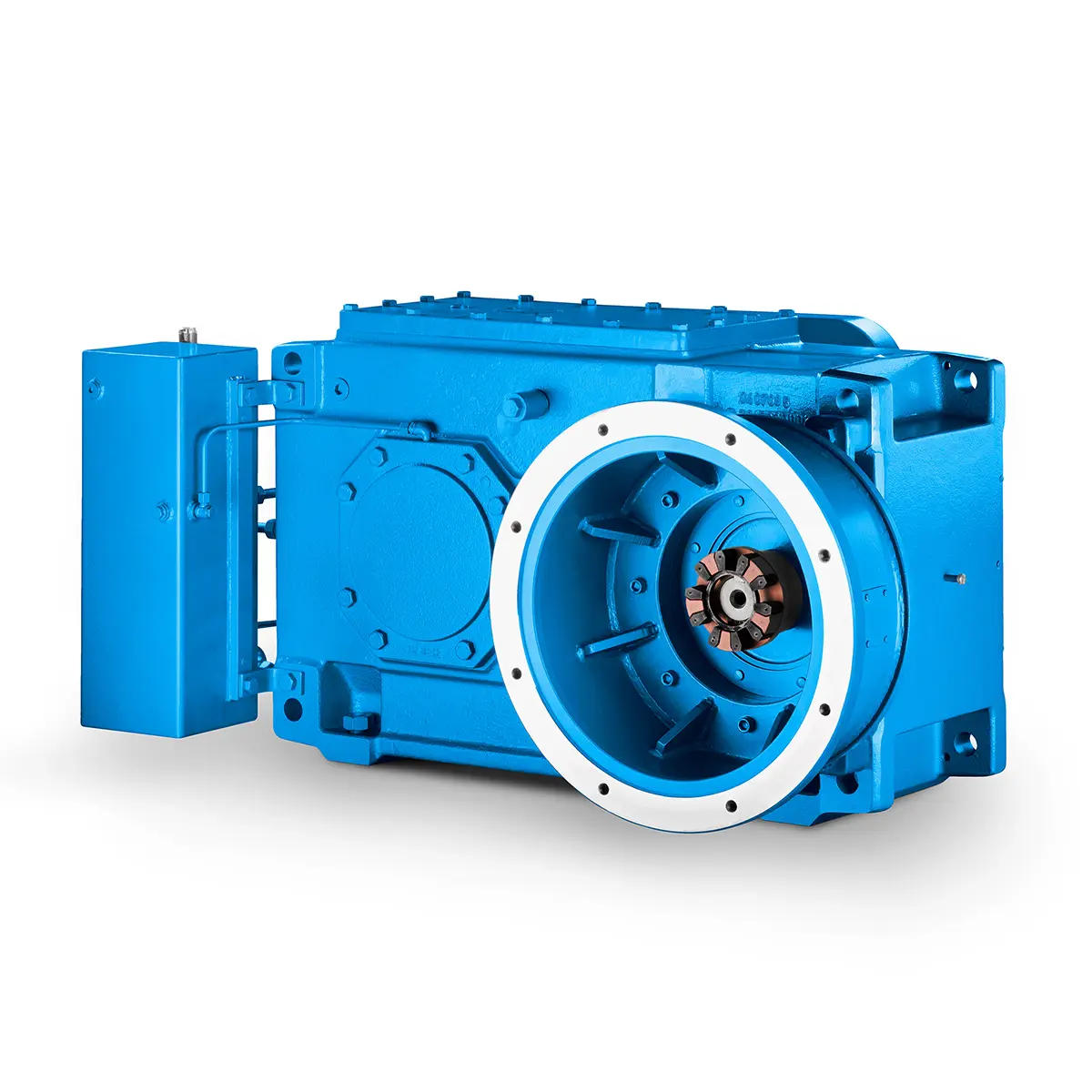 Stirs and stirs and stirs gearunit gearbox
Stirs and stirs and stirs gearunit gearbox 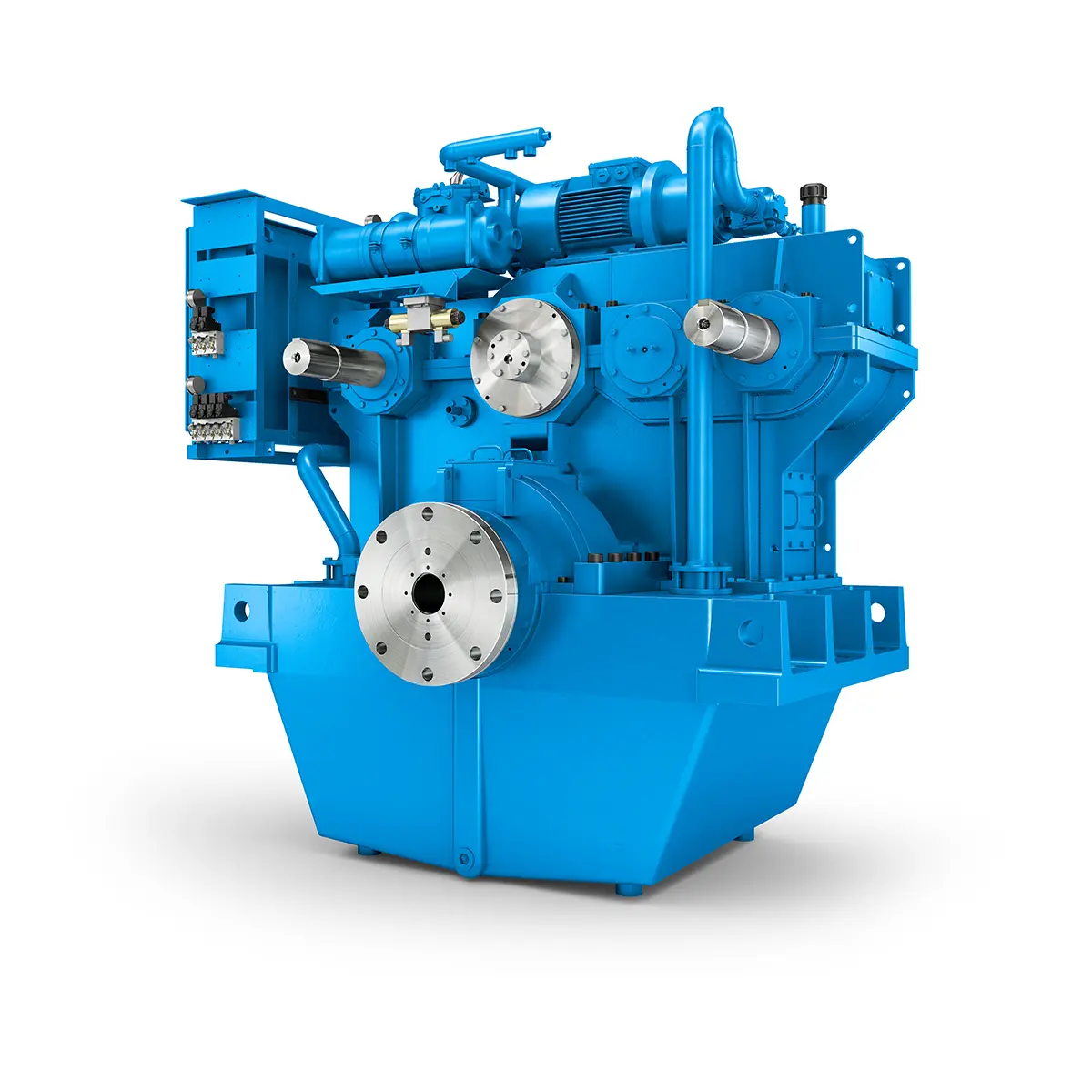 Flexibility on Board gearunit gearbox
Flexibility on Board gearunit gearbox 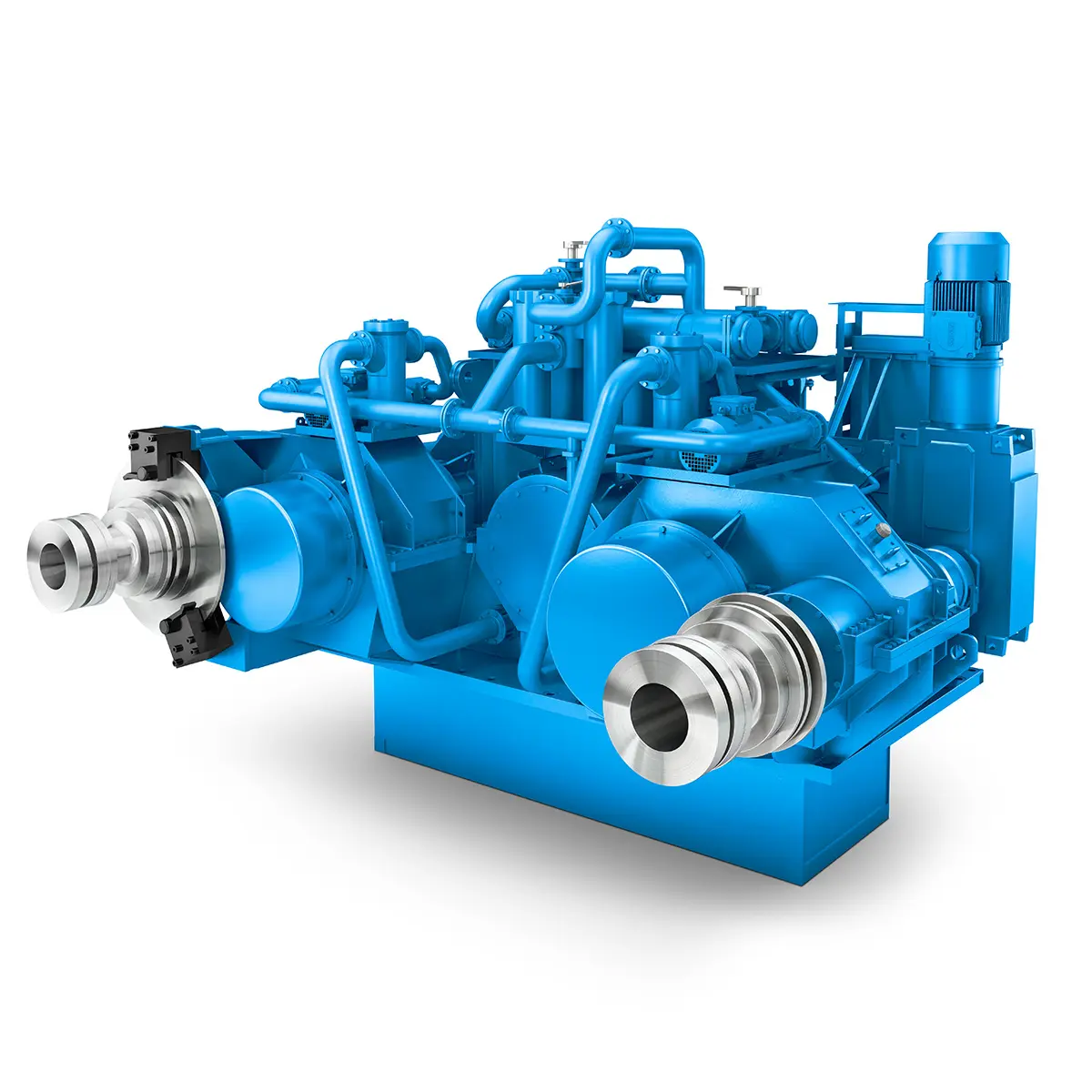 The right gearbox for all Multi-Engine Ships
The right gearbox for all Multi-Engine Ships 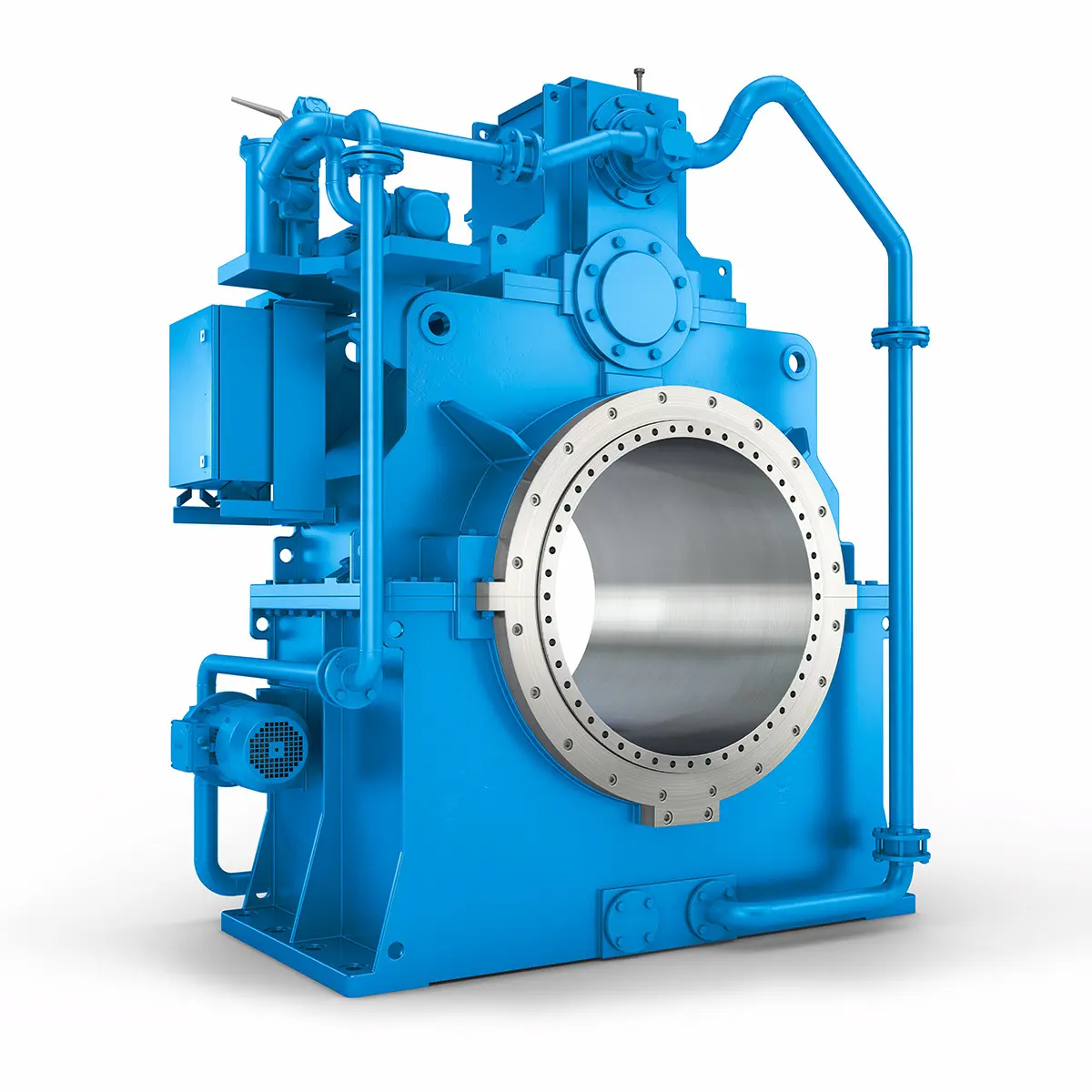 Reliable Power Generation on board
Reliable Power Generation on board 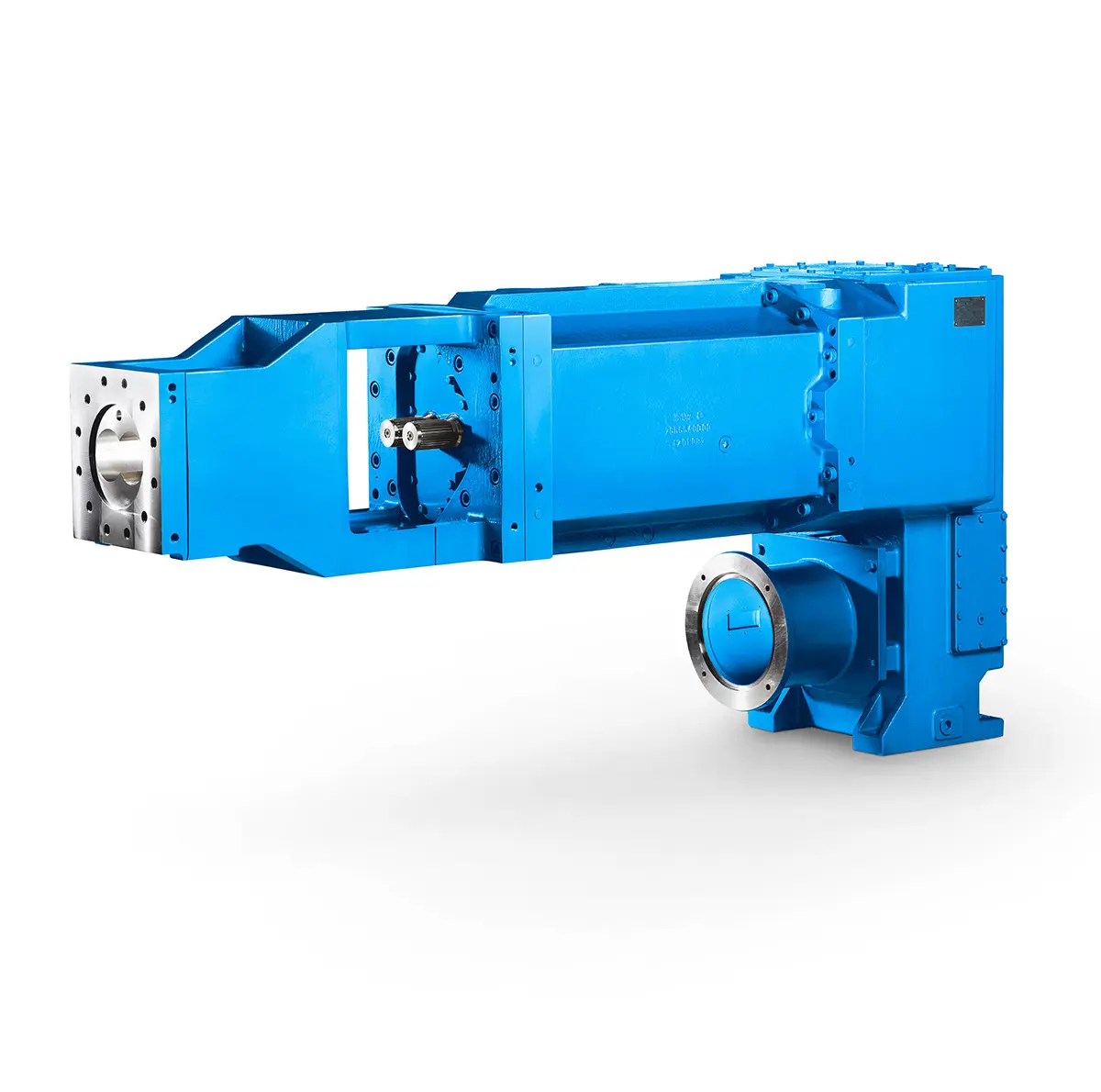 Maximum performance level, fast deliverable
Maximum performance level, fast deliverable 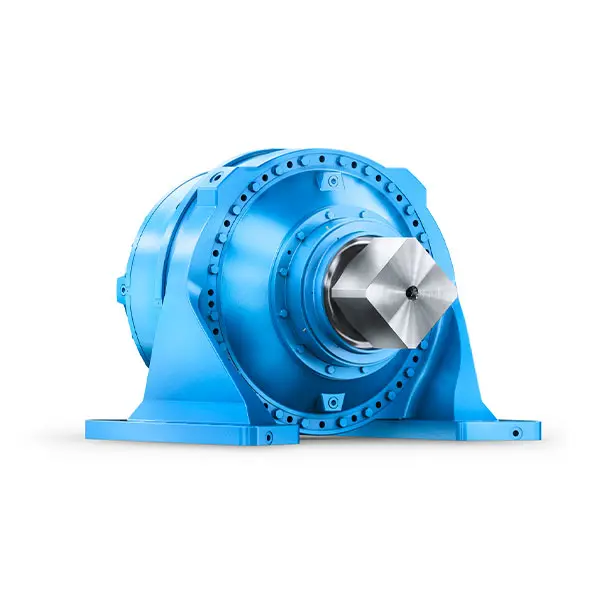 Efficient and compact – FLENDER Gear Units for Sugar Mills
Efficient and compact – FLENDER Gear Units for Sugar Mills 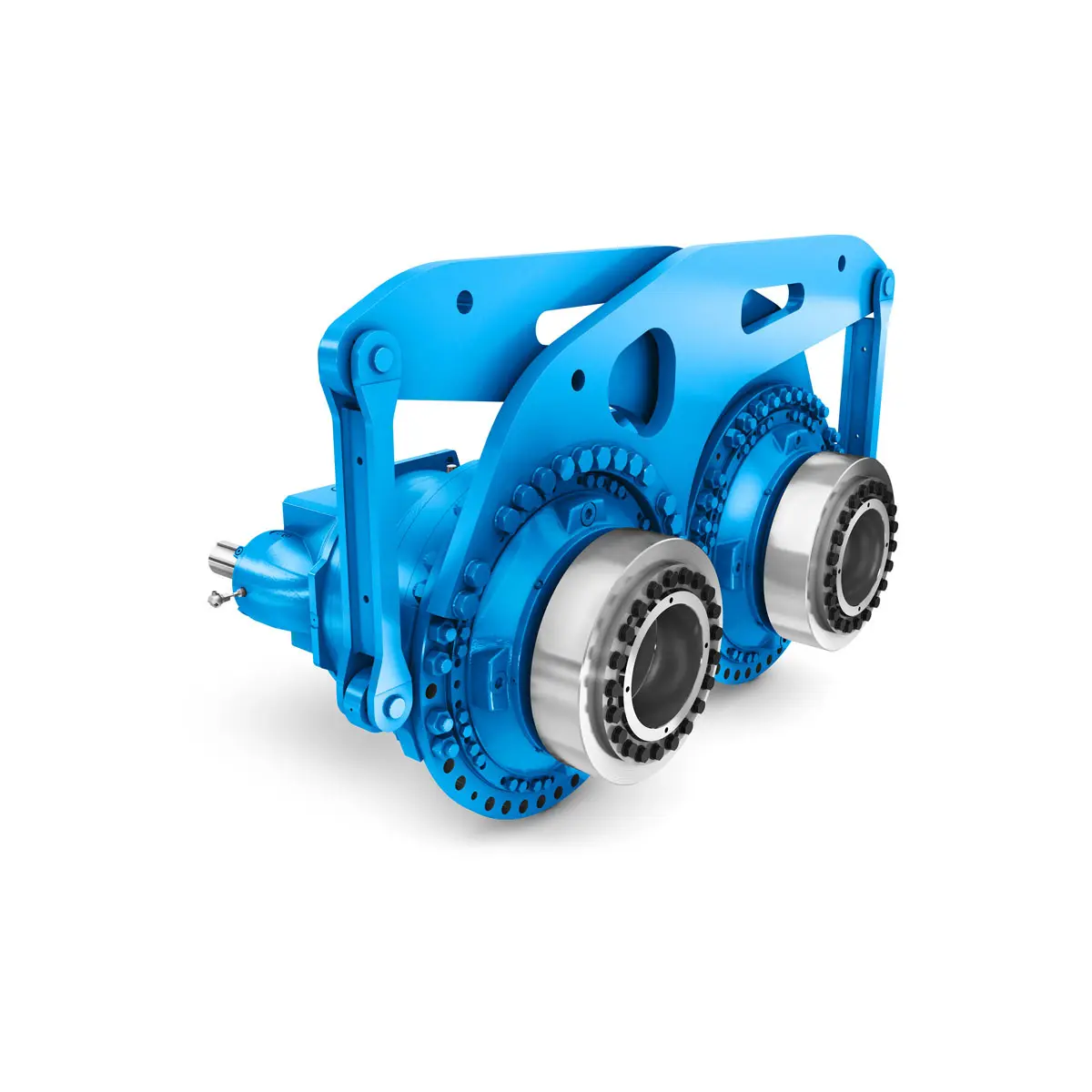 Extremely strong. Extremely compact. Extremely stressable.
Extremely strong. Extremely compact. Extremely stressable.  FLENDER Coupling
FLENDER Coupling 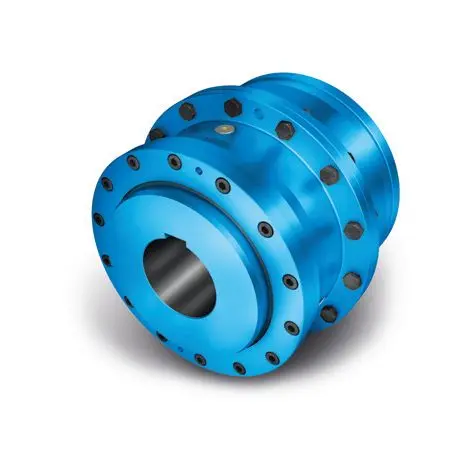 ZAPEX ZW Torsionally Rigid Gear Coupling
ZAPEX ZW Torsionally Rigid Gear Coupling 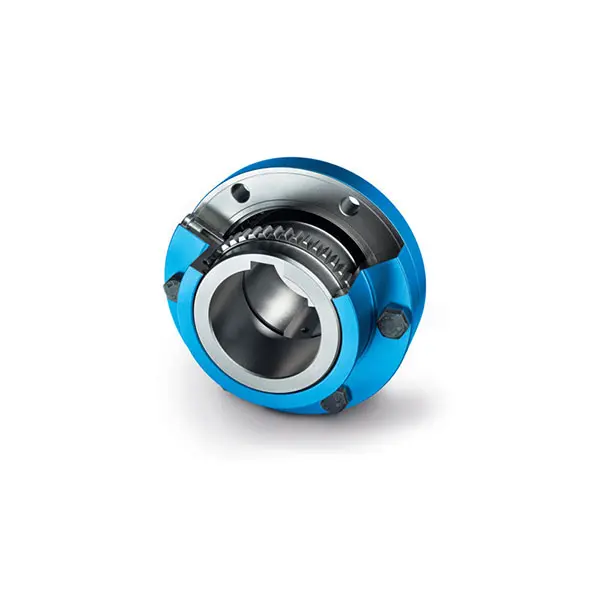 ZAPEX ZN Torsionally Rigid Gear Coupling
ZAPEX ZN Torsionally Rigid Gear Coupling 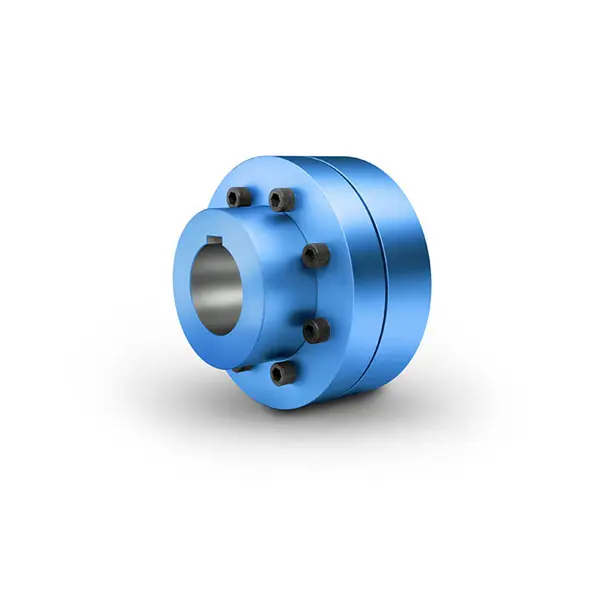 N-EUPEX Flexible high performance Coupling
N-EUPEX Flexible high performance Coupling 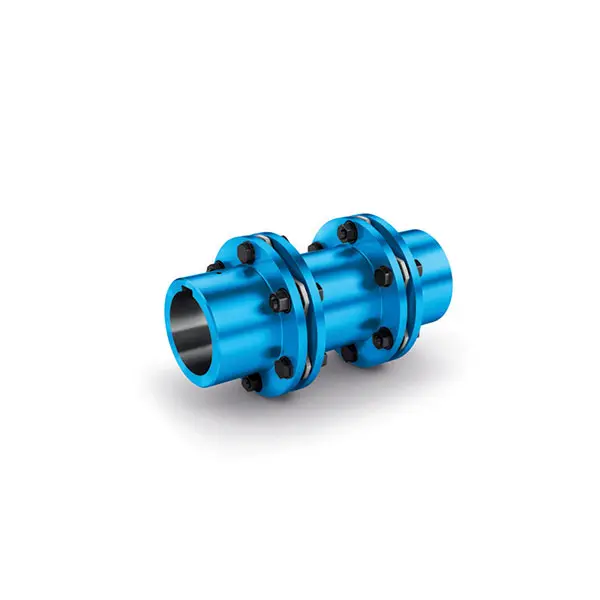 N-ARPEX Torsionally Rigid All-Steel Coupling
N-ARPEX Torsionally Rigid All-Steel Coupling 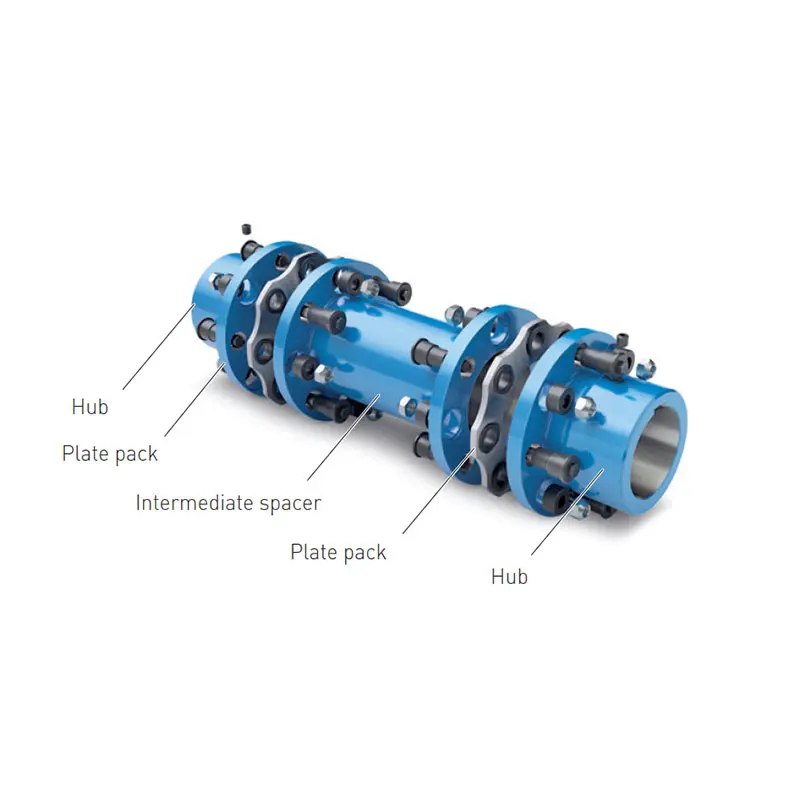 ARPEX Torsionally Rigid All-Steel Coupling Spare and Parts
ARPEX Torsionally Rigid All-Steel Coupling Spare and Parts  N-EUPEX DS Flexible High Performance Coupling
N-EUPEX DS Flexible High Performance Coupling 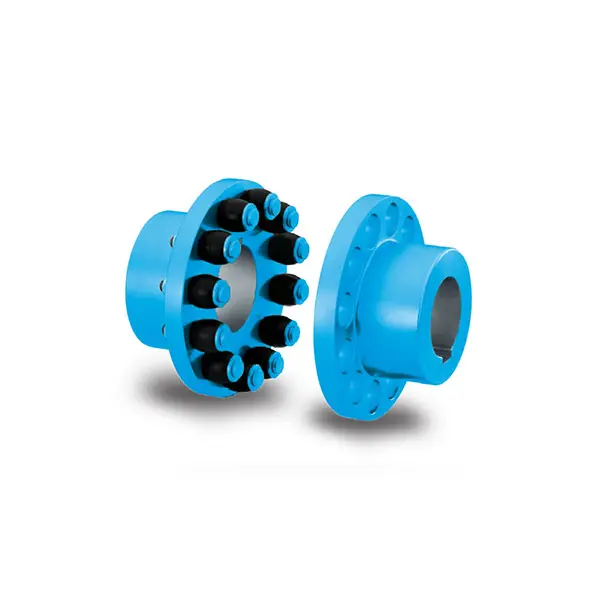 RUPEX Flexible high performance Coupling
RUPEX Flexible high performance Coupling 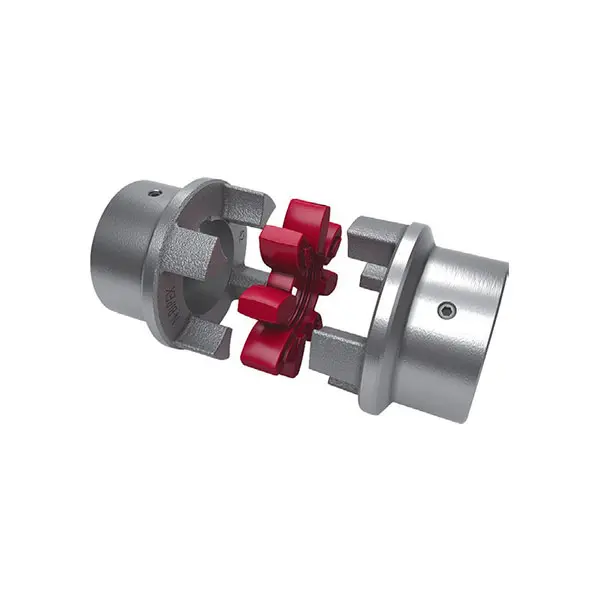 N BIPEX Flexible high performance coupling
N BIPEX Flexible high performance coupling 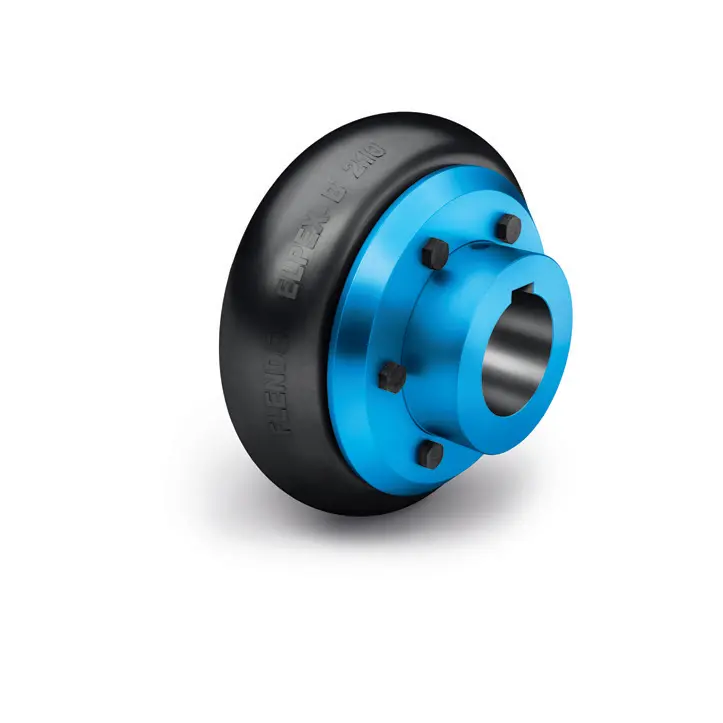 ELPEX B Highly Flexible Coupling
ELPEX B Highly Flexible Coupling 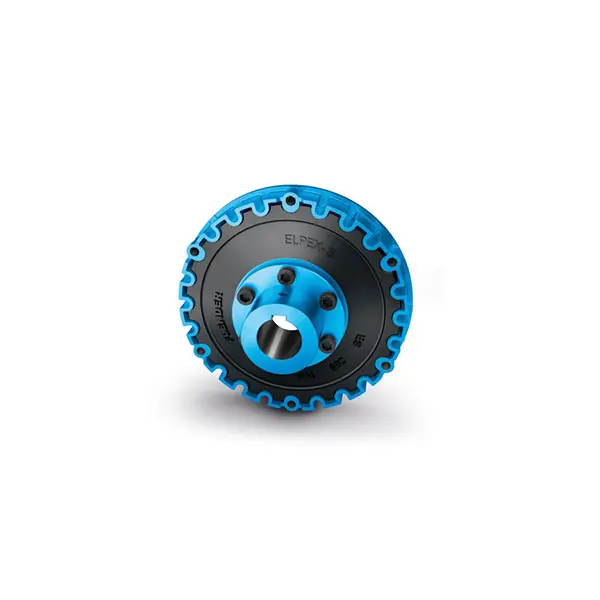 ELPEX S Highly Flexible Coupling high performance
ELPEX S Highly Flexible Coupling high performance 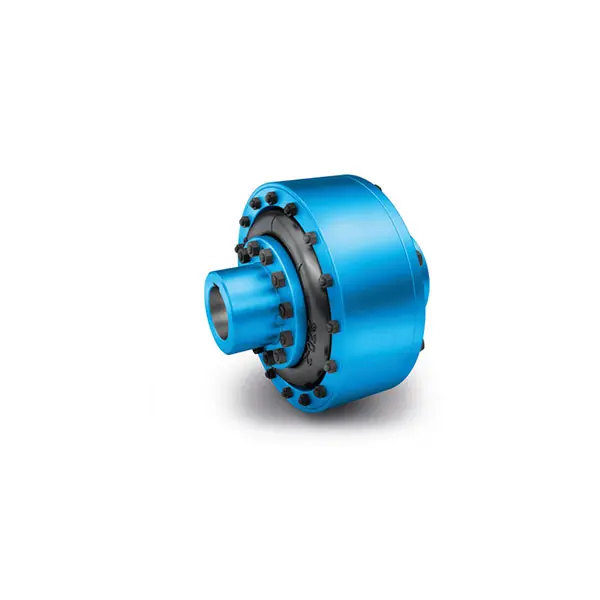 ELPEX Highly Flexible Coupling high performance
ELPEX Highly Flexible Coupling high performance  FLUDEX Fluid Coupling high performance
FLUDEX Fluid Coupling high performance 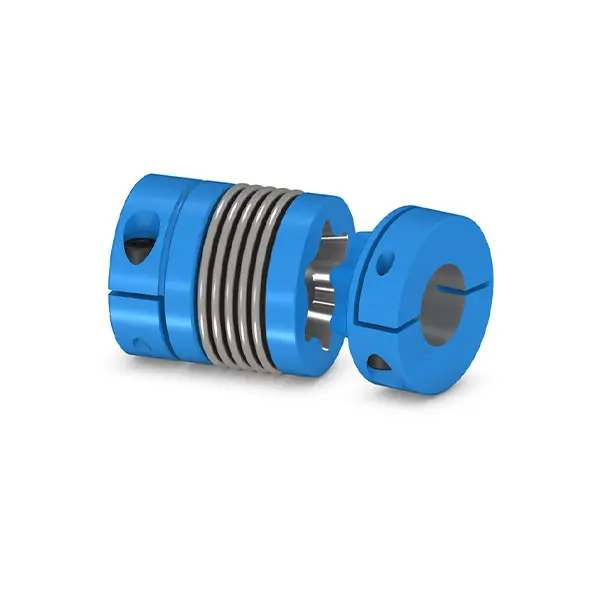 SIPEX Backlash free Coupling high performance
SIPEX Backlash free Coupling high performance 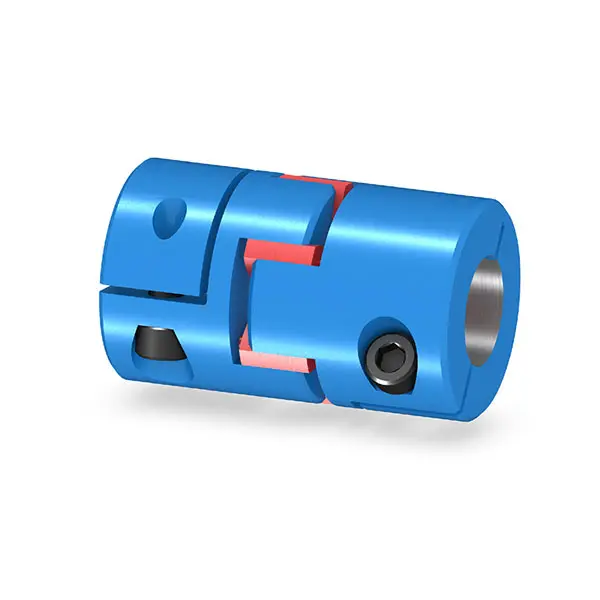 BIPEX S Backlash free Coupling high performance
BIPEX S Backlash free Coupling high performance 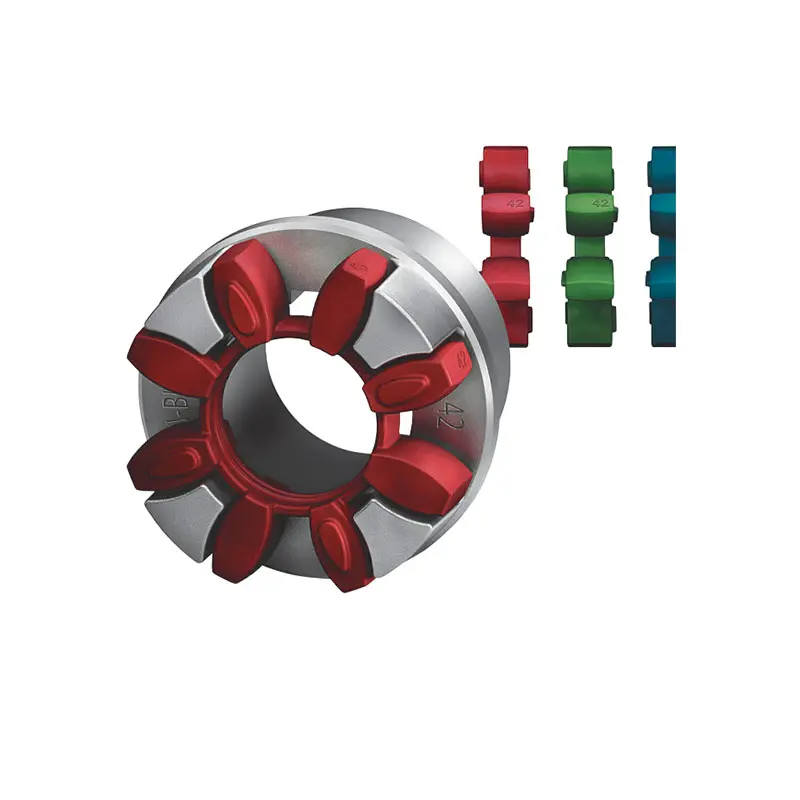 FLENDER Coupling Spare Parts high performance
FLENDER Coupling Spare Parts high performance 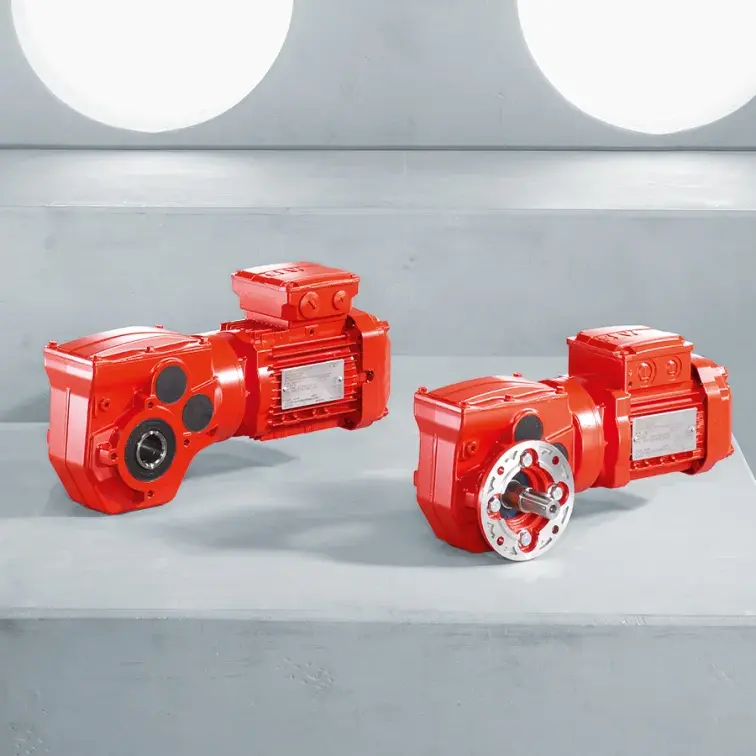 SEW Gearmotor
SEW Gearmotor
Our Company
News
Case
Contact Us
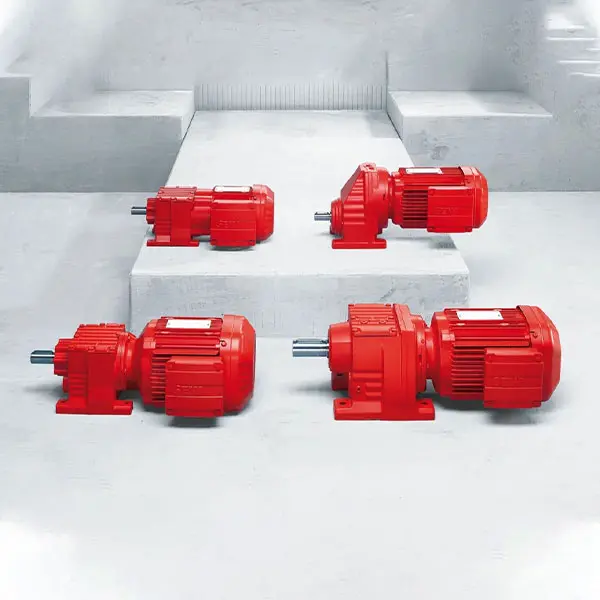 R Series Helical Gearmotor low voltage
R Series Helical Gearmotor low voltage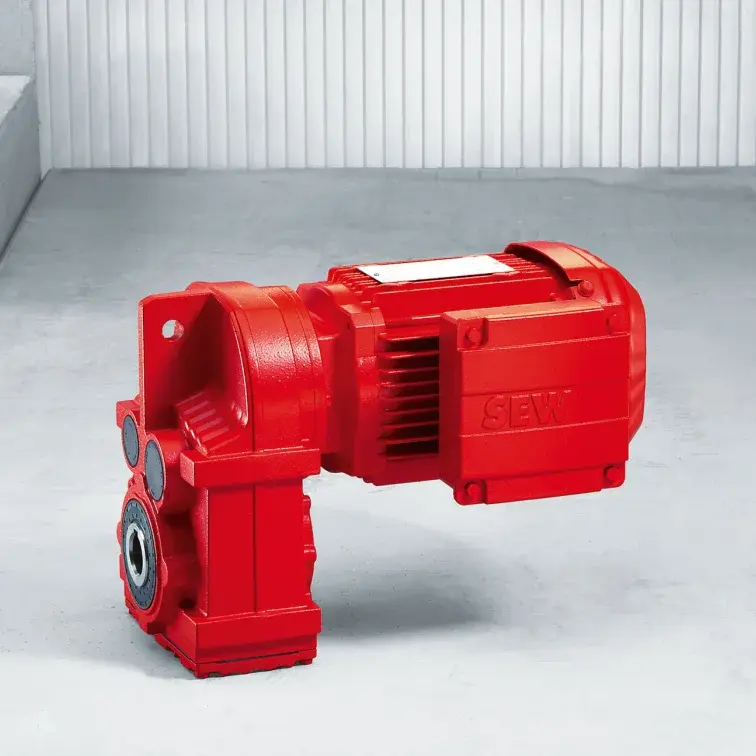 F Series Parallel Shaft Gearmotor low voltage
F Series Parallel Shaft Gearmotor low voltage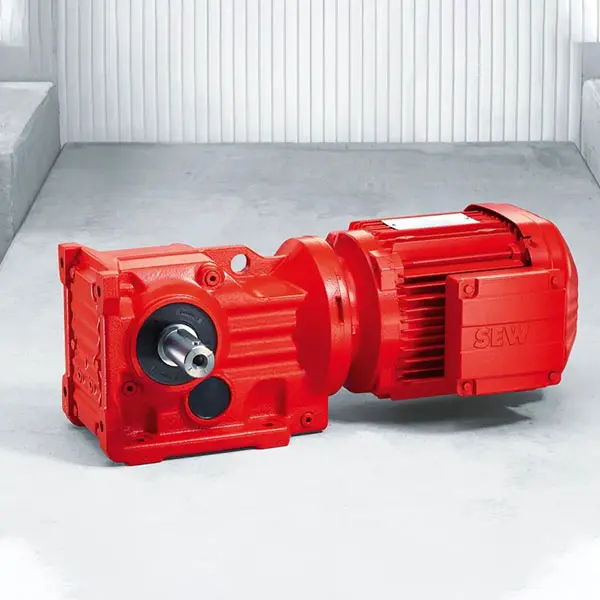 K Series Helical Bevel Gearmotor low voltage
K Series Helical Bevel Gearmotor low voltage S Series Helical Worm Gearmotor low voltage
S Series Helical Worm Gearmotor low voltage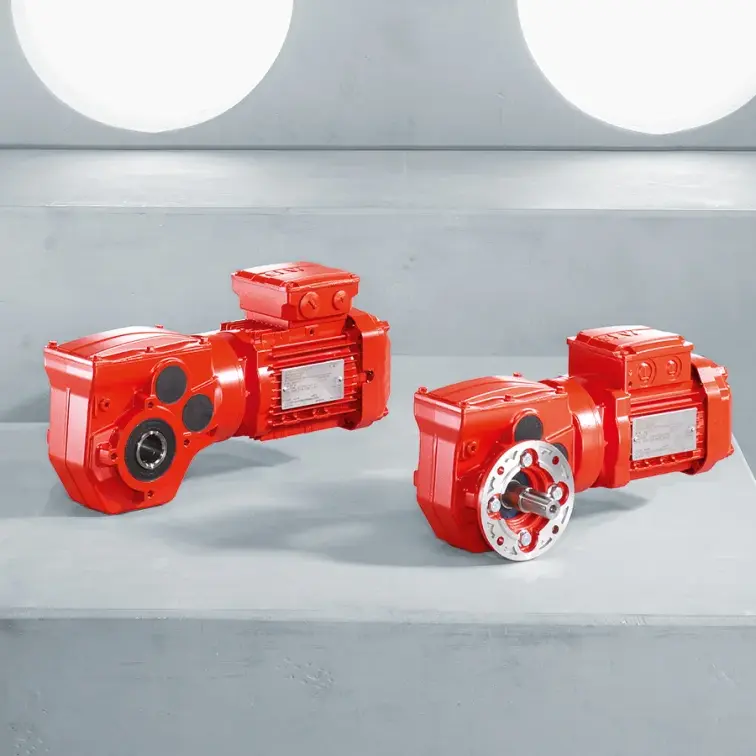 W Series SPIROPLAN® Right Angle Gearmotor
W Series SPIROPLAN® Right Angle Gearmotor







